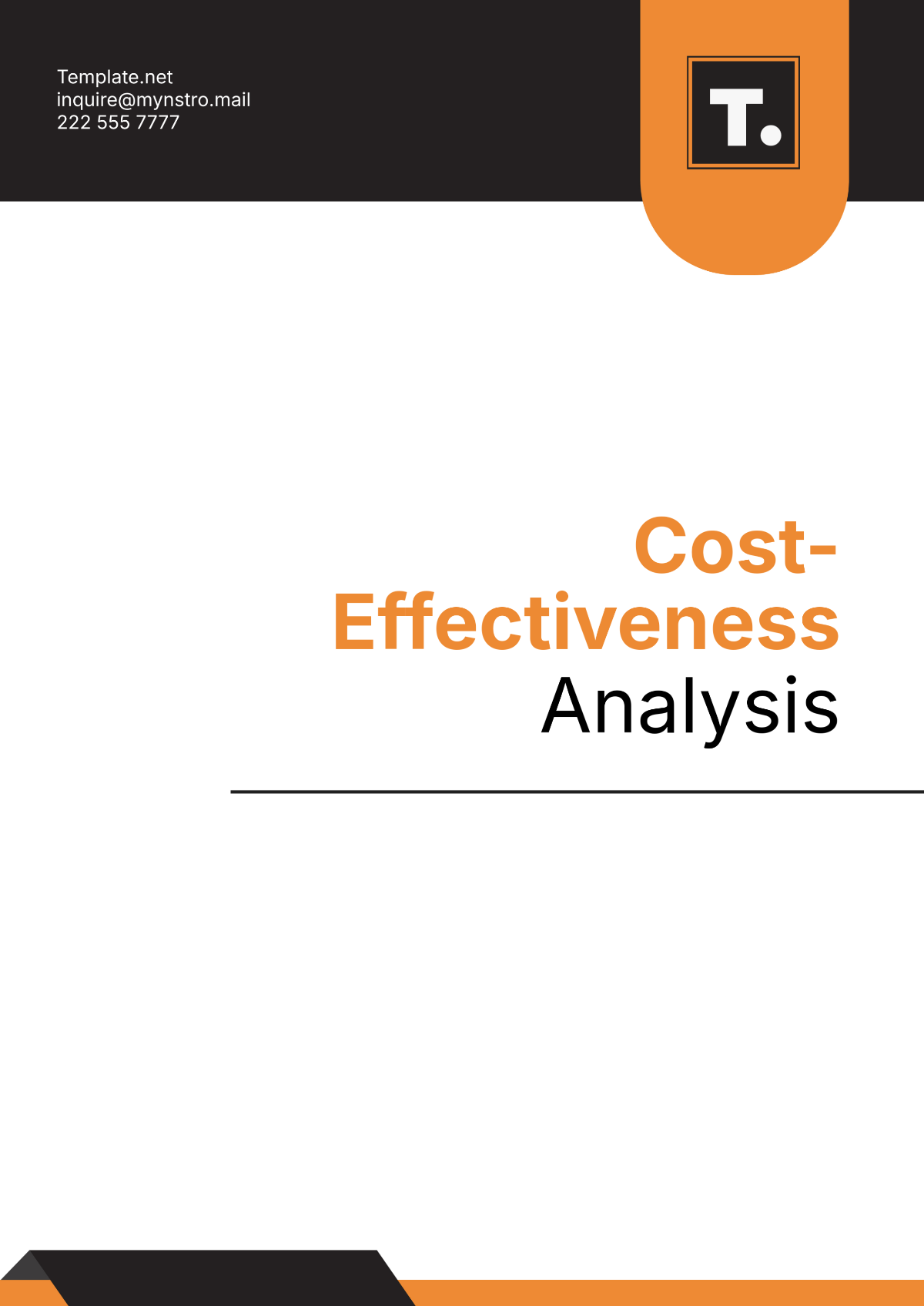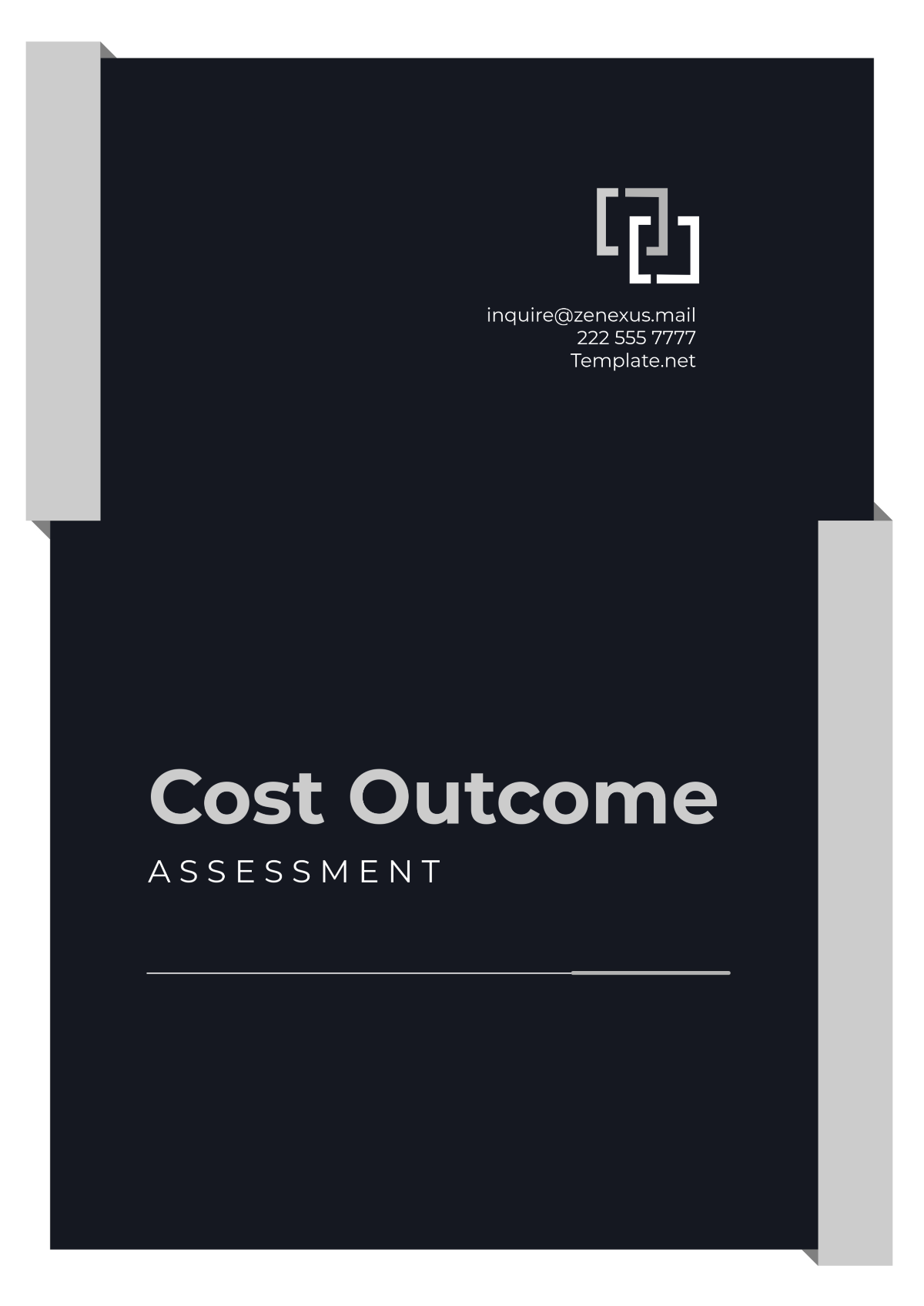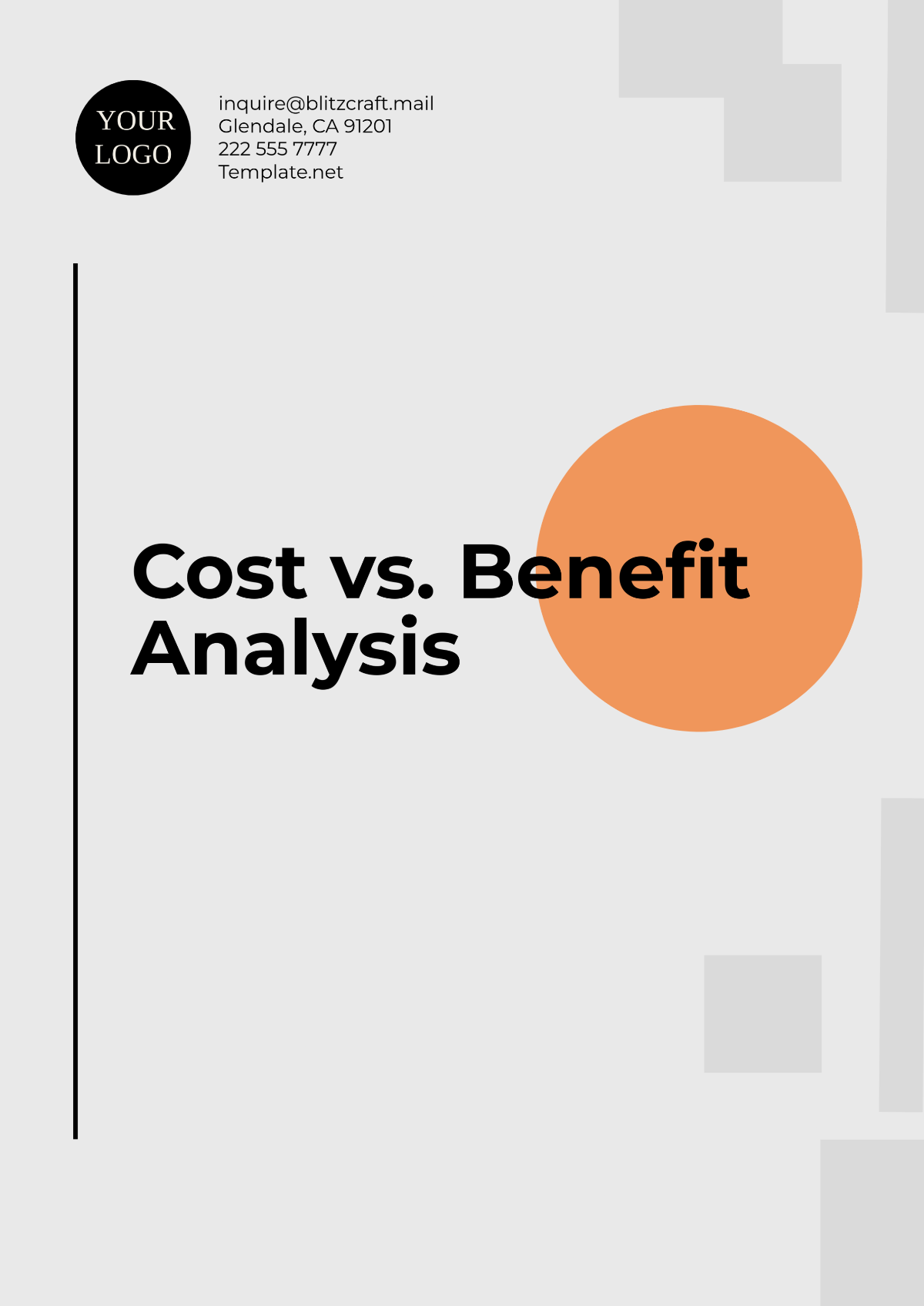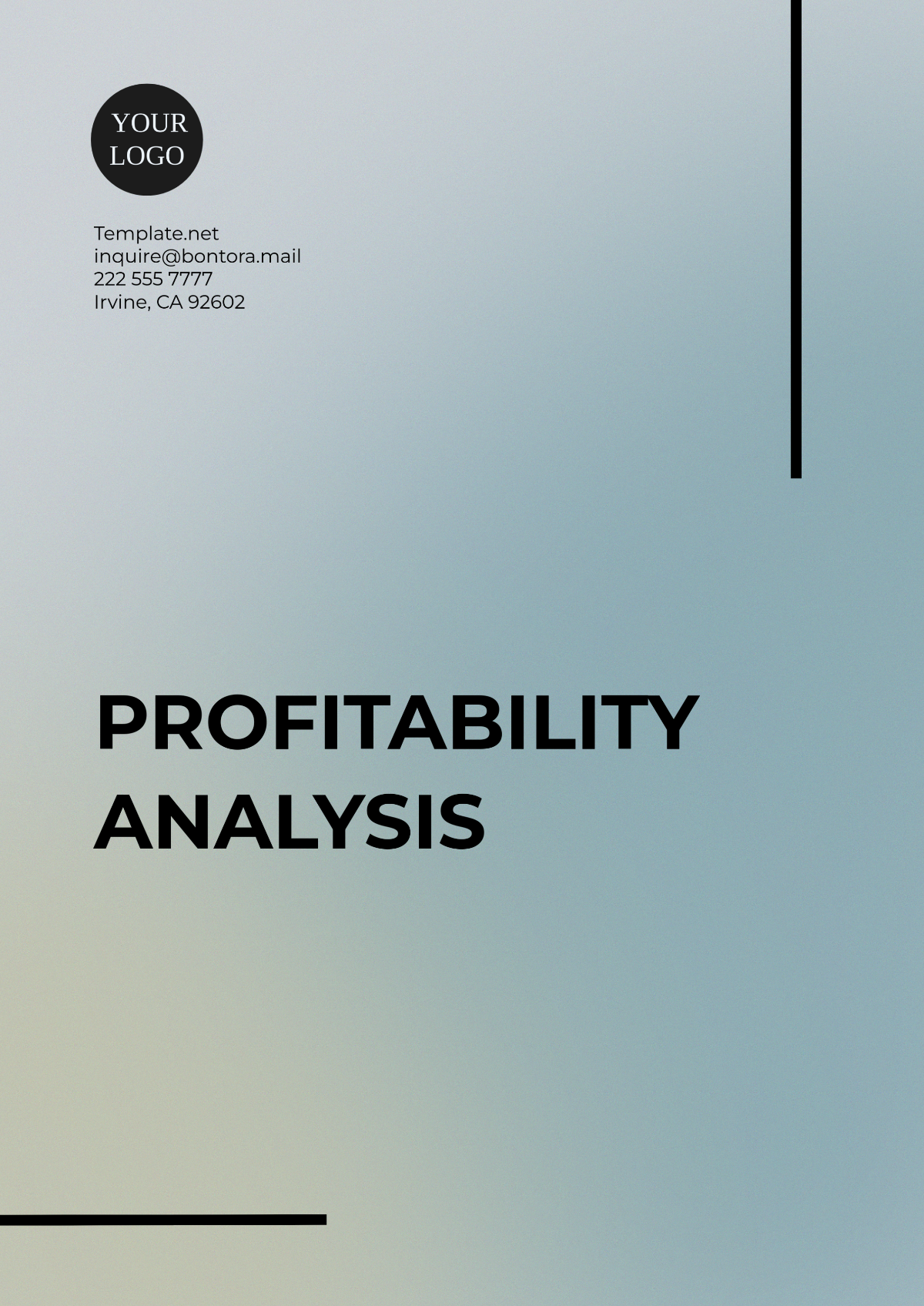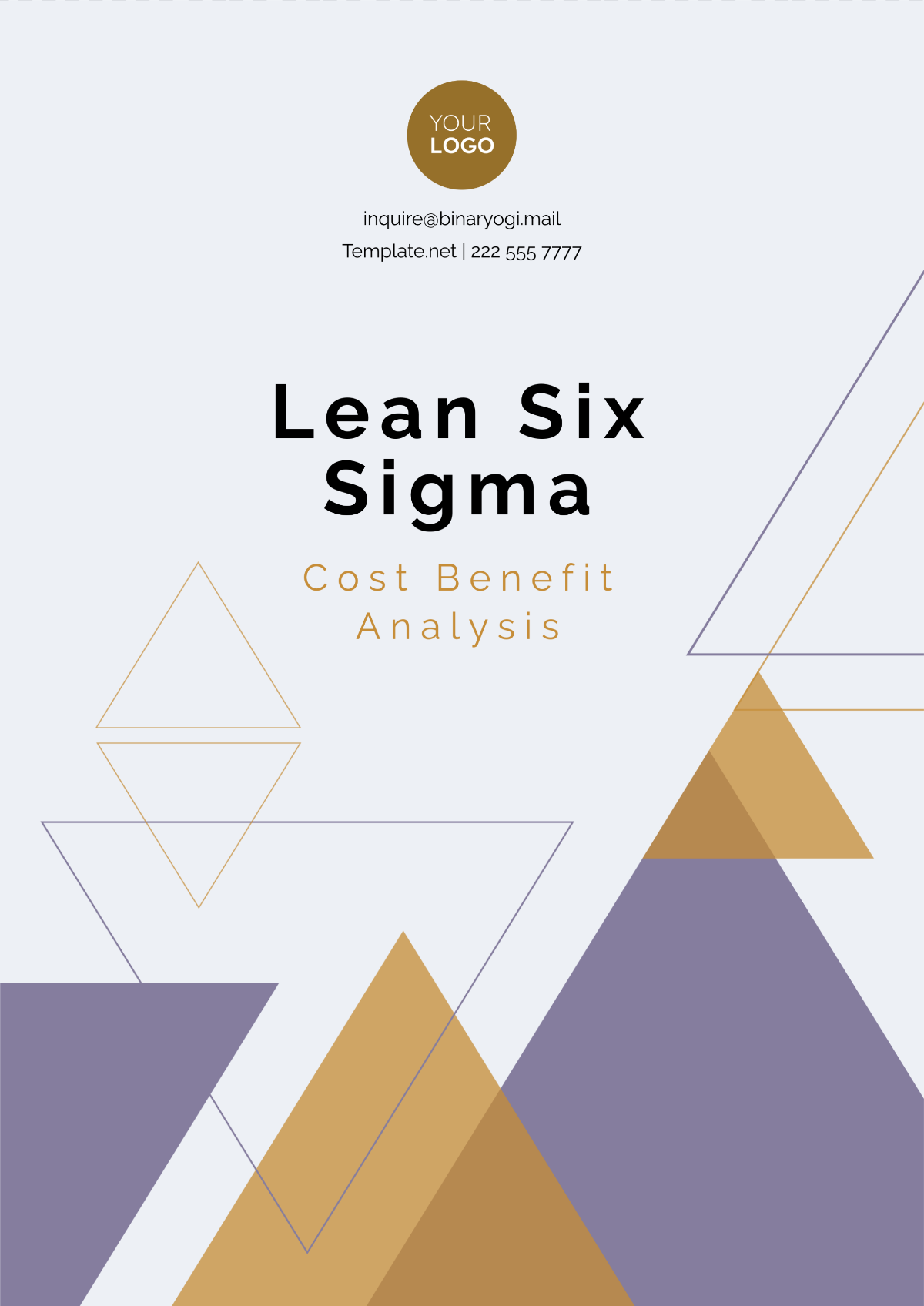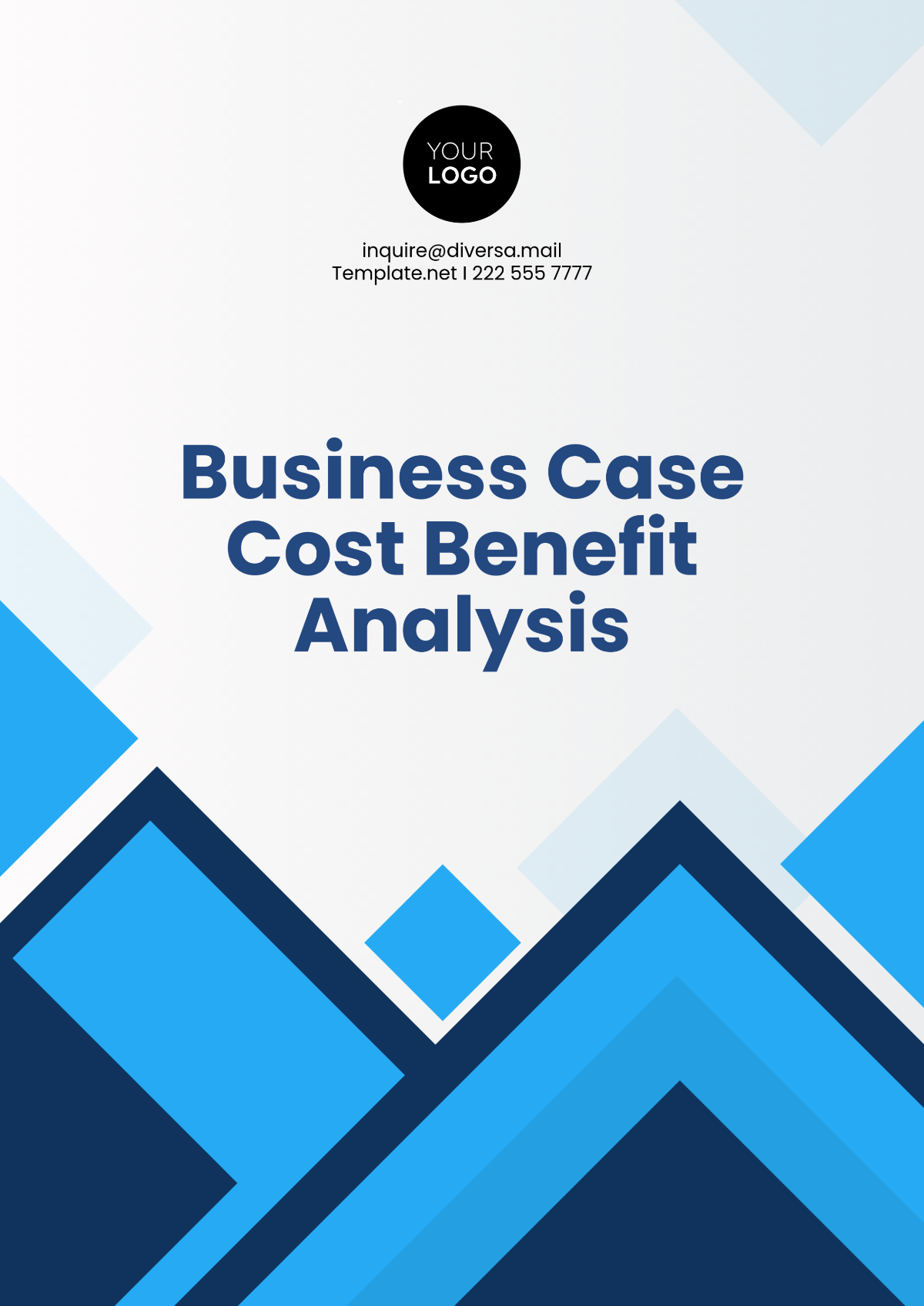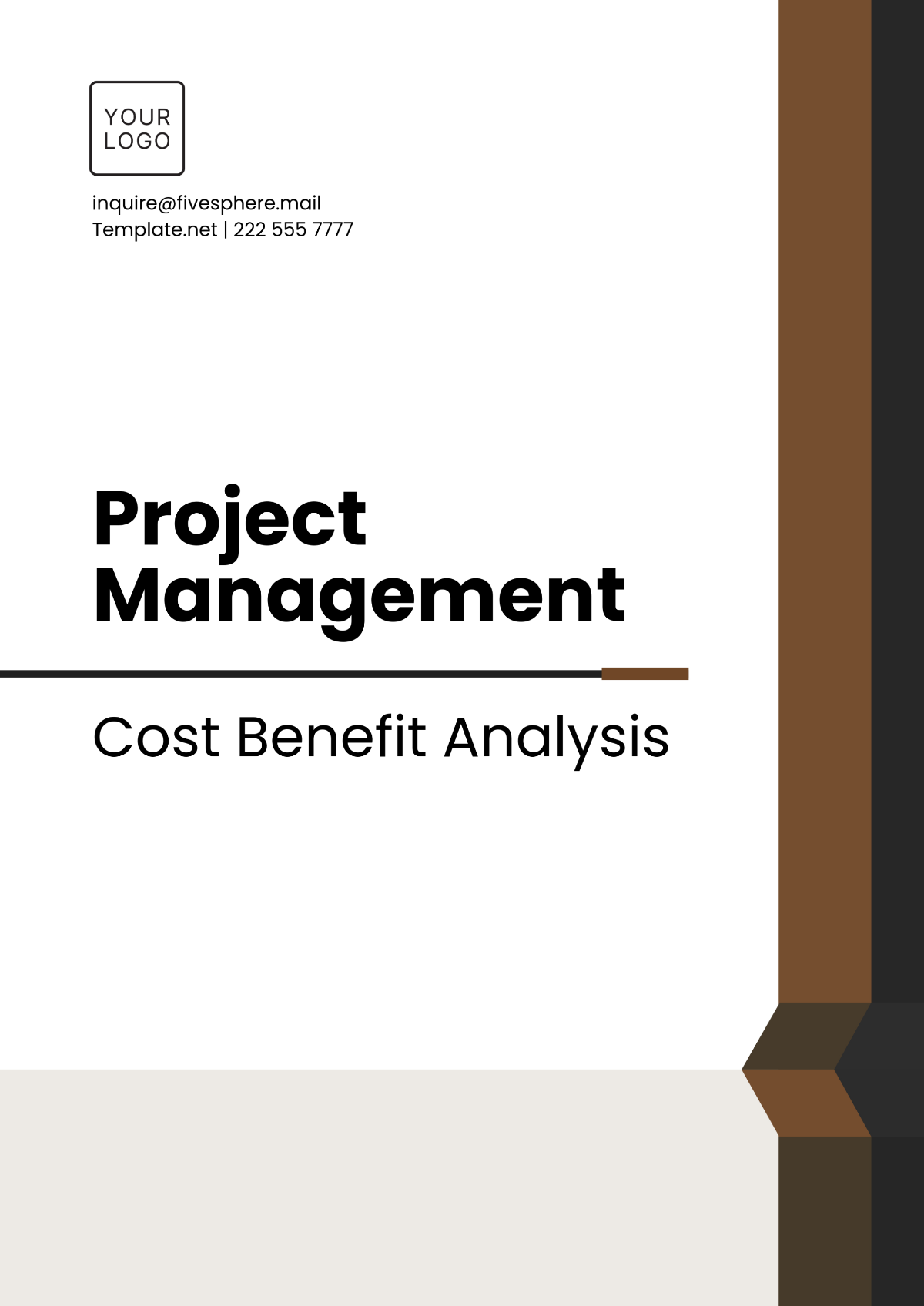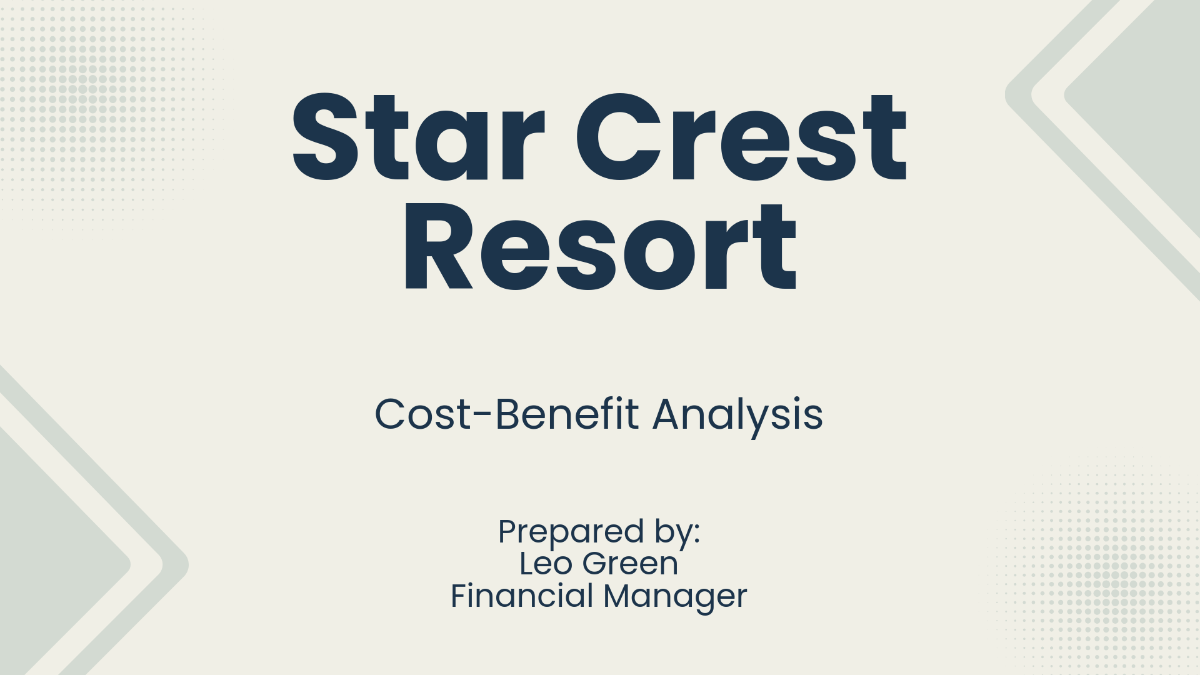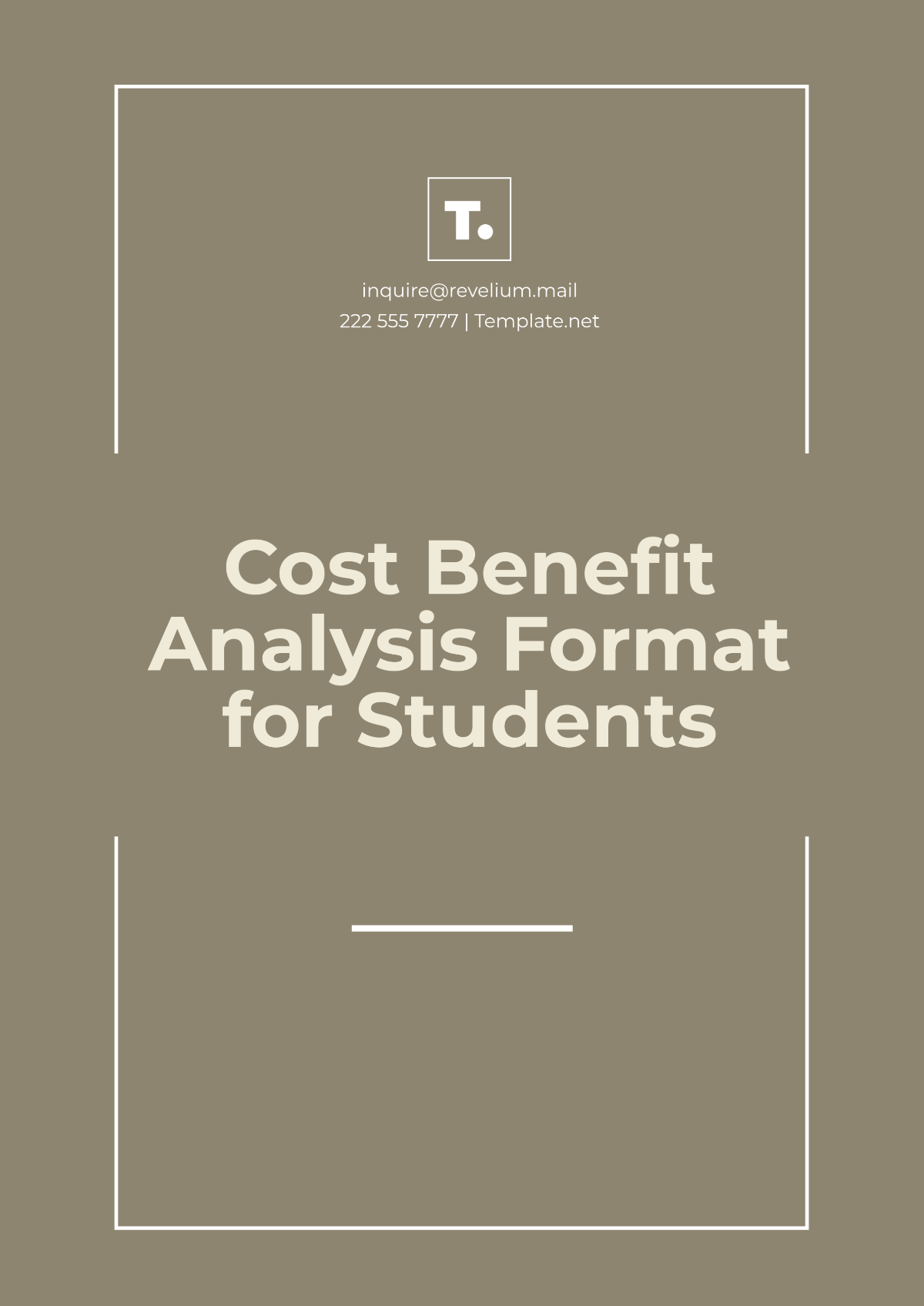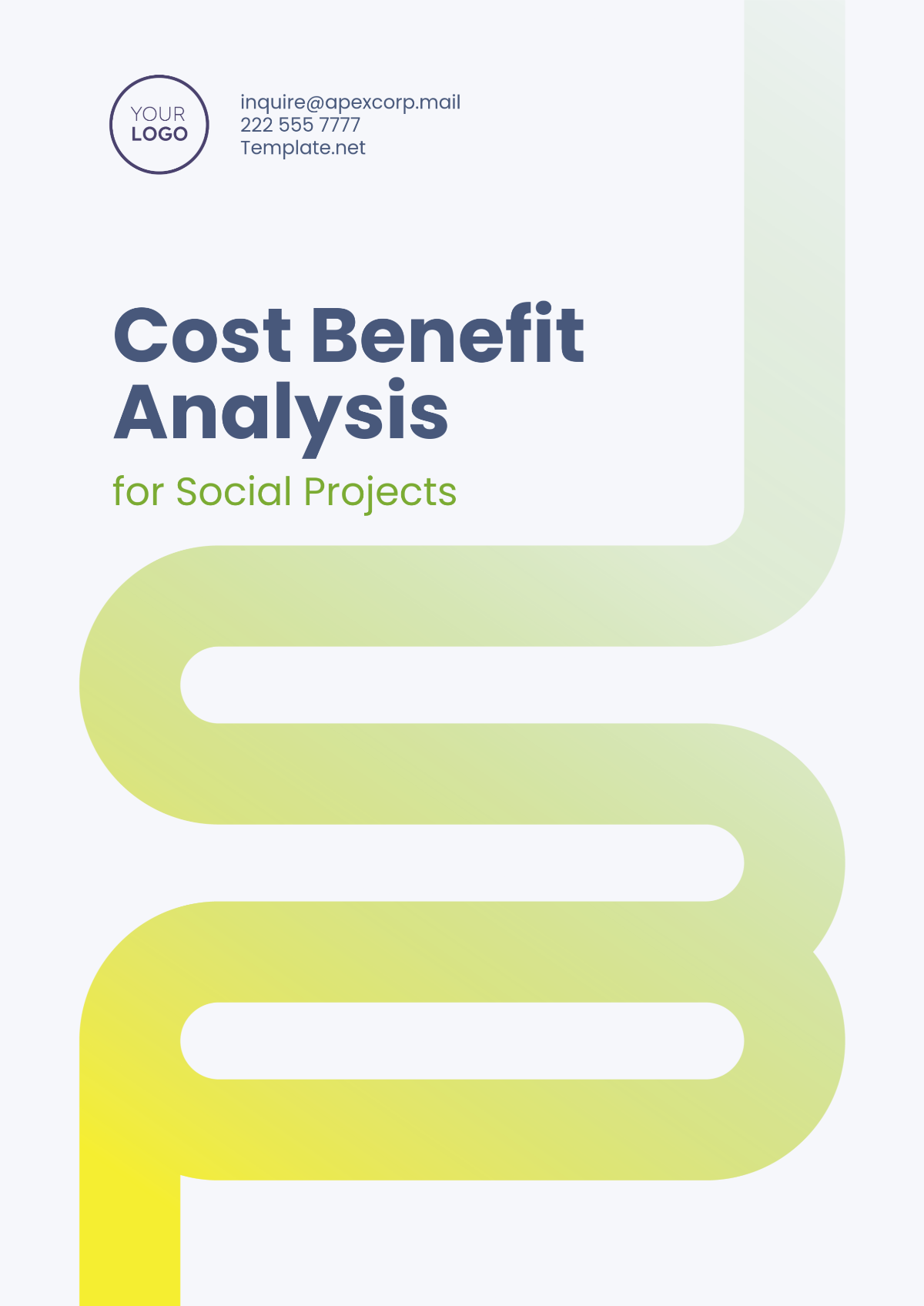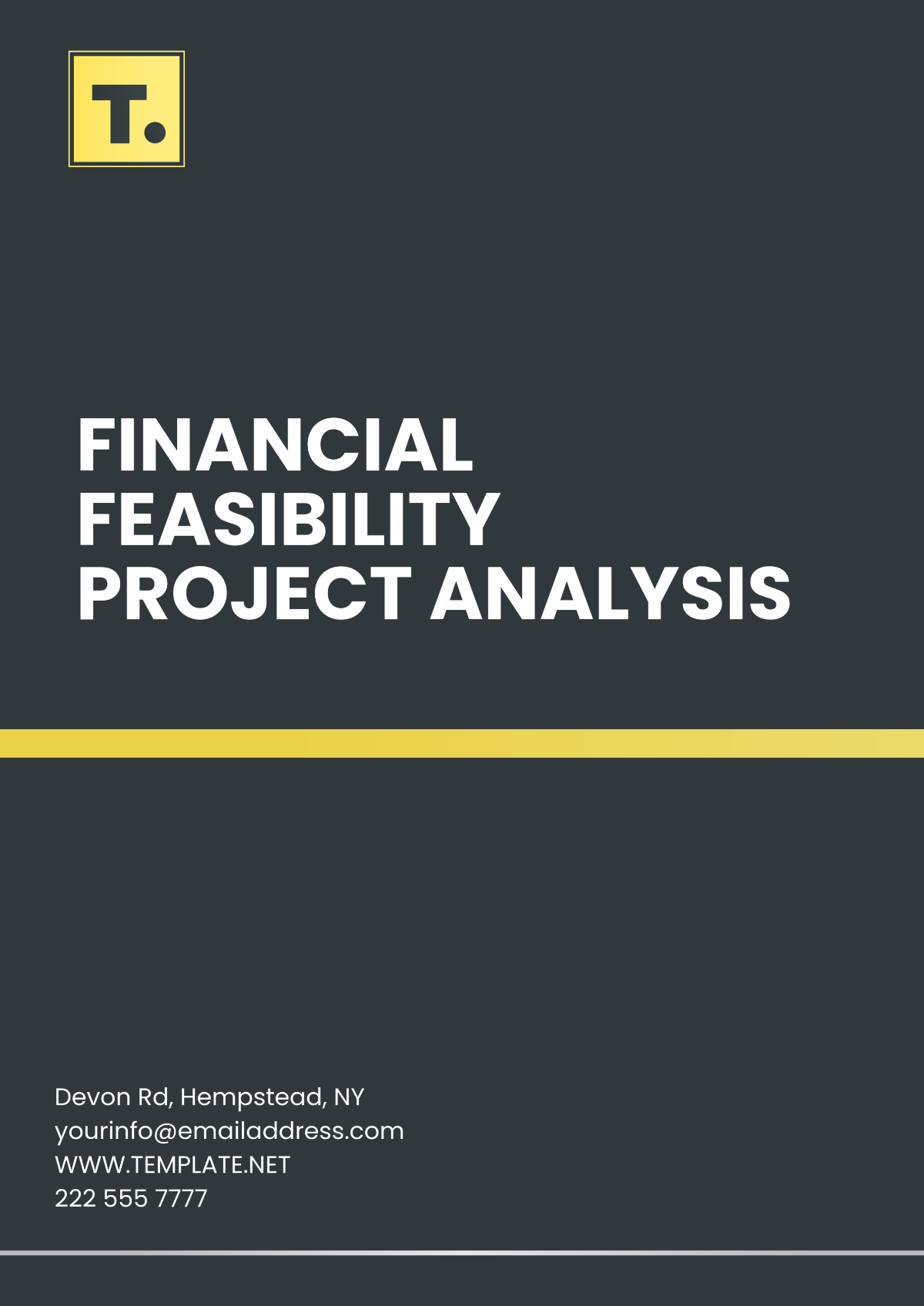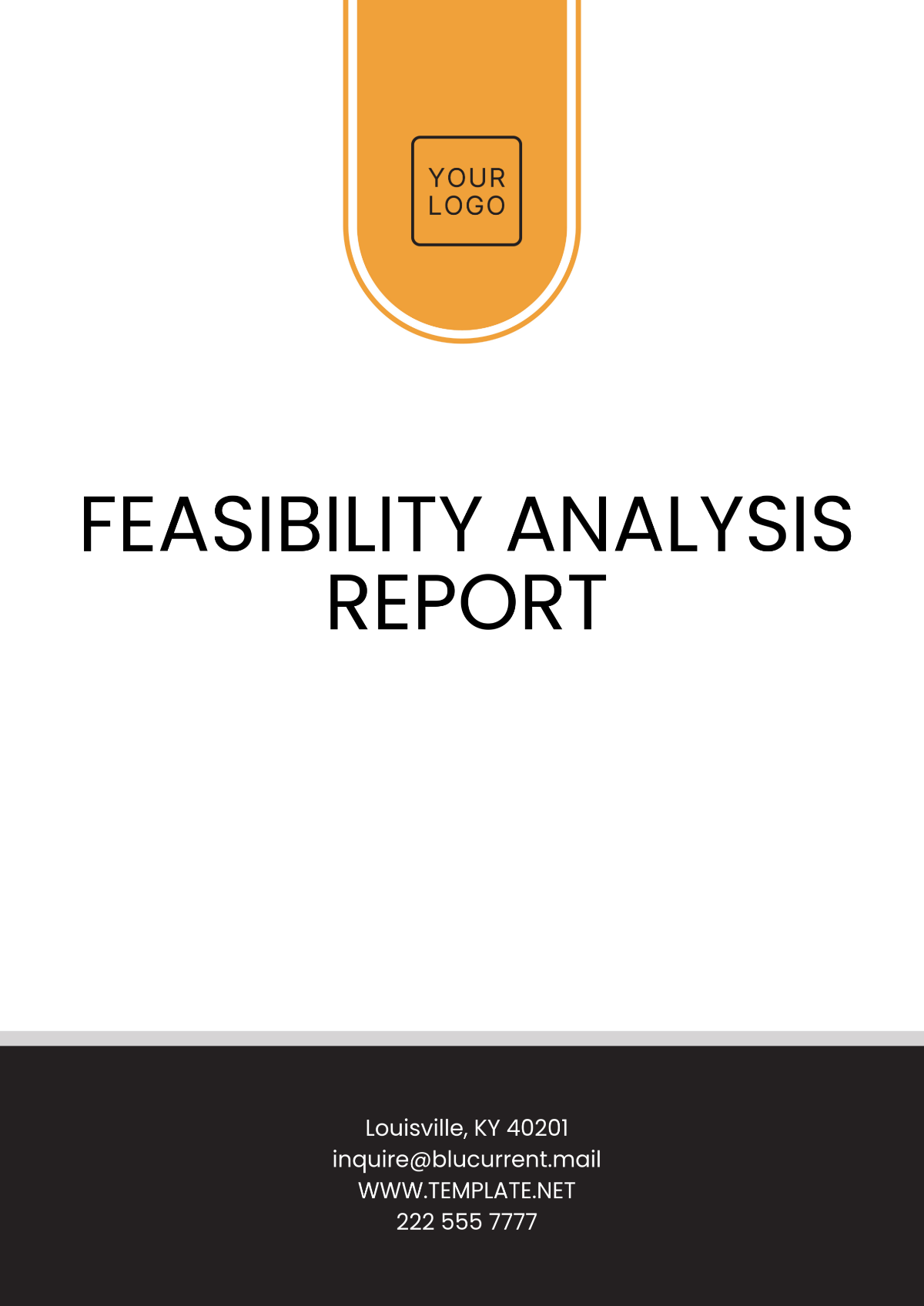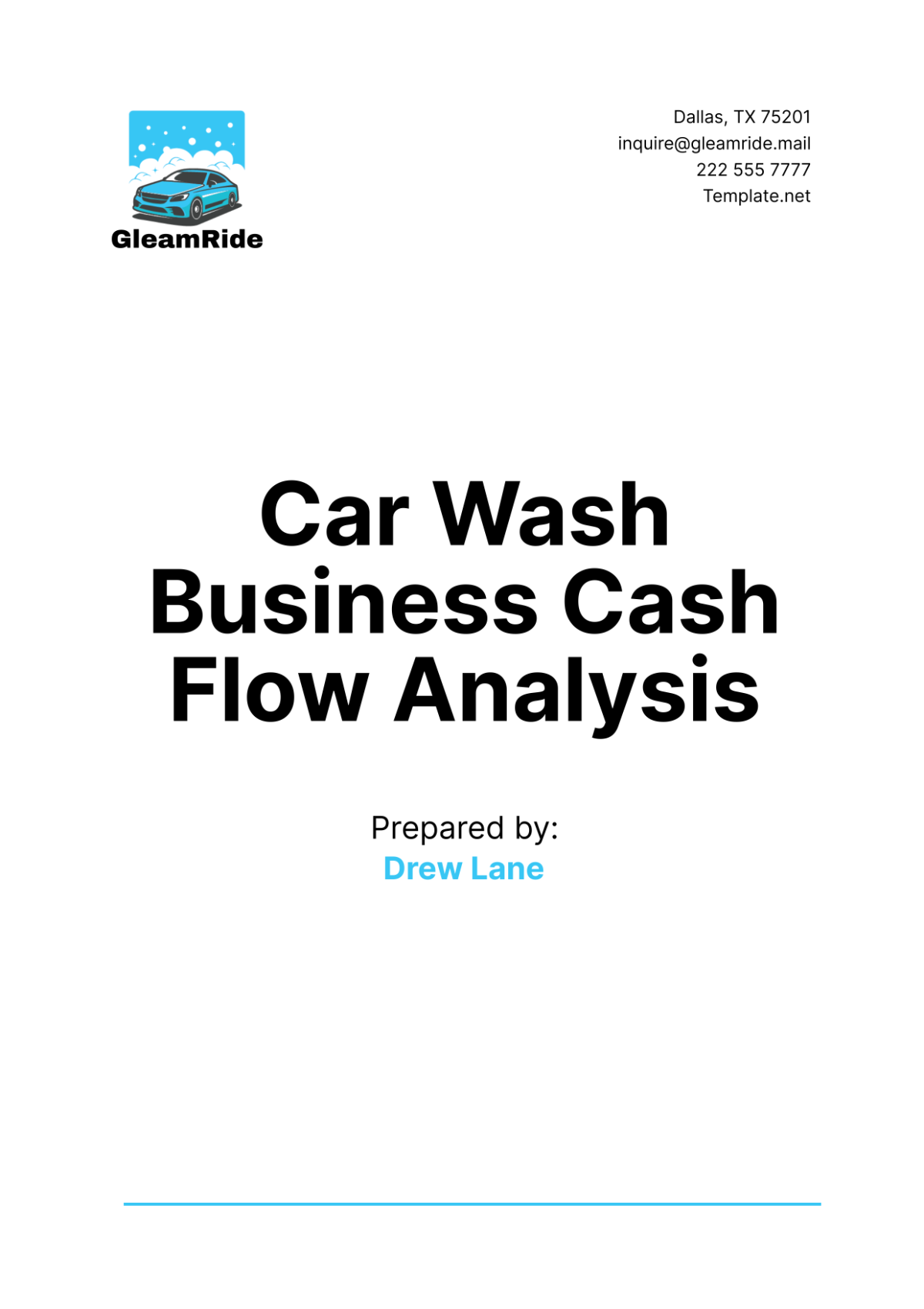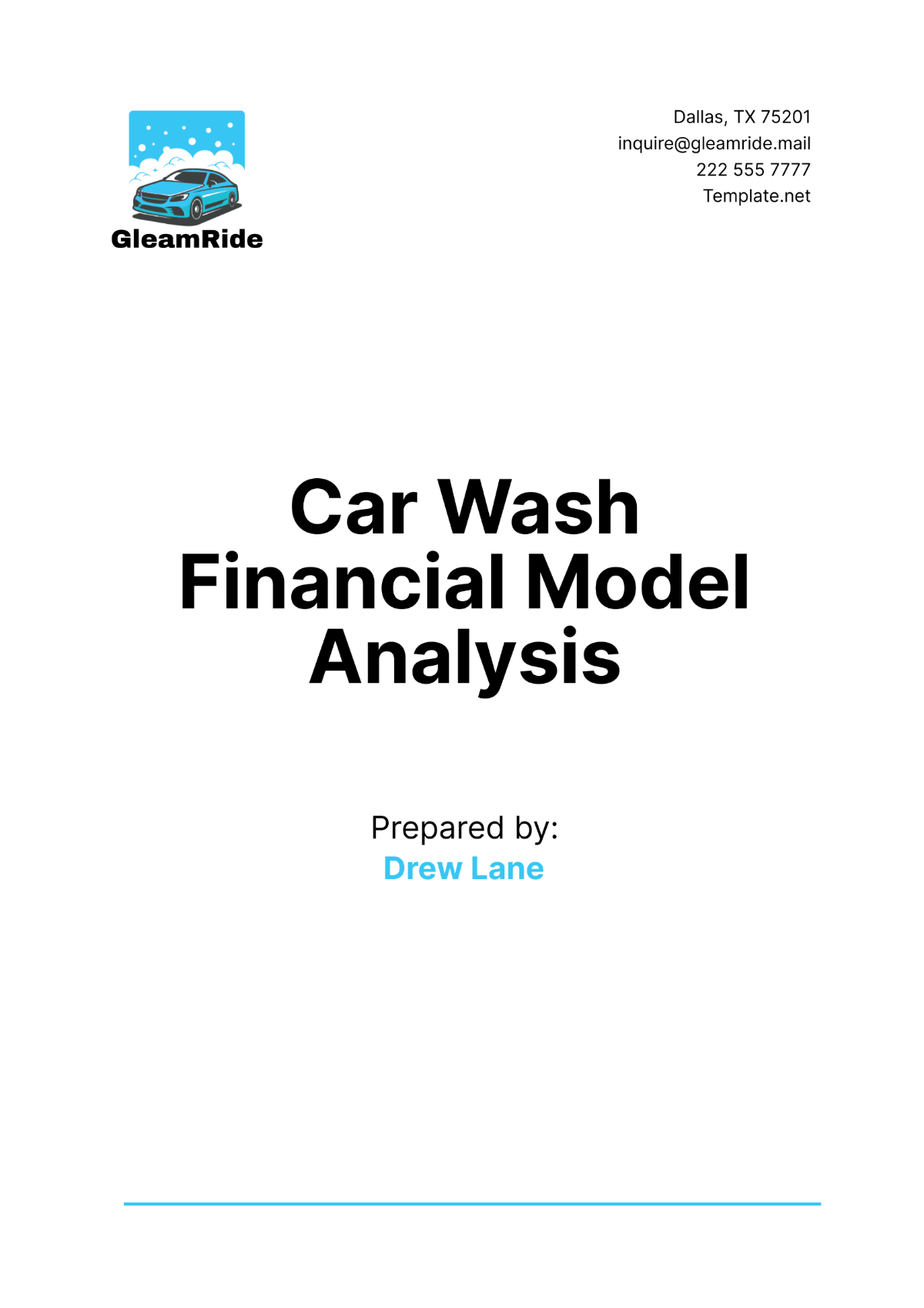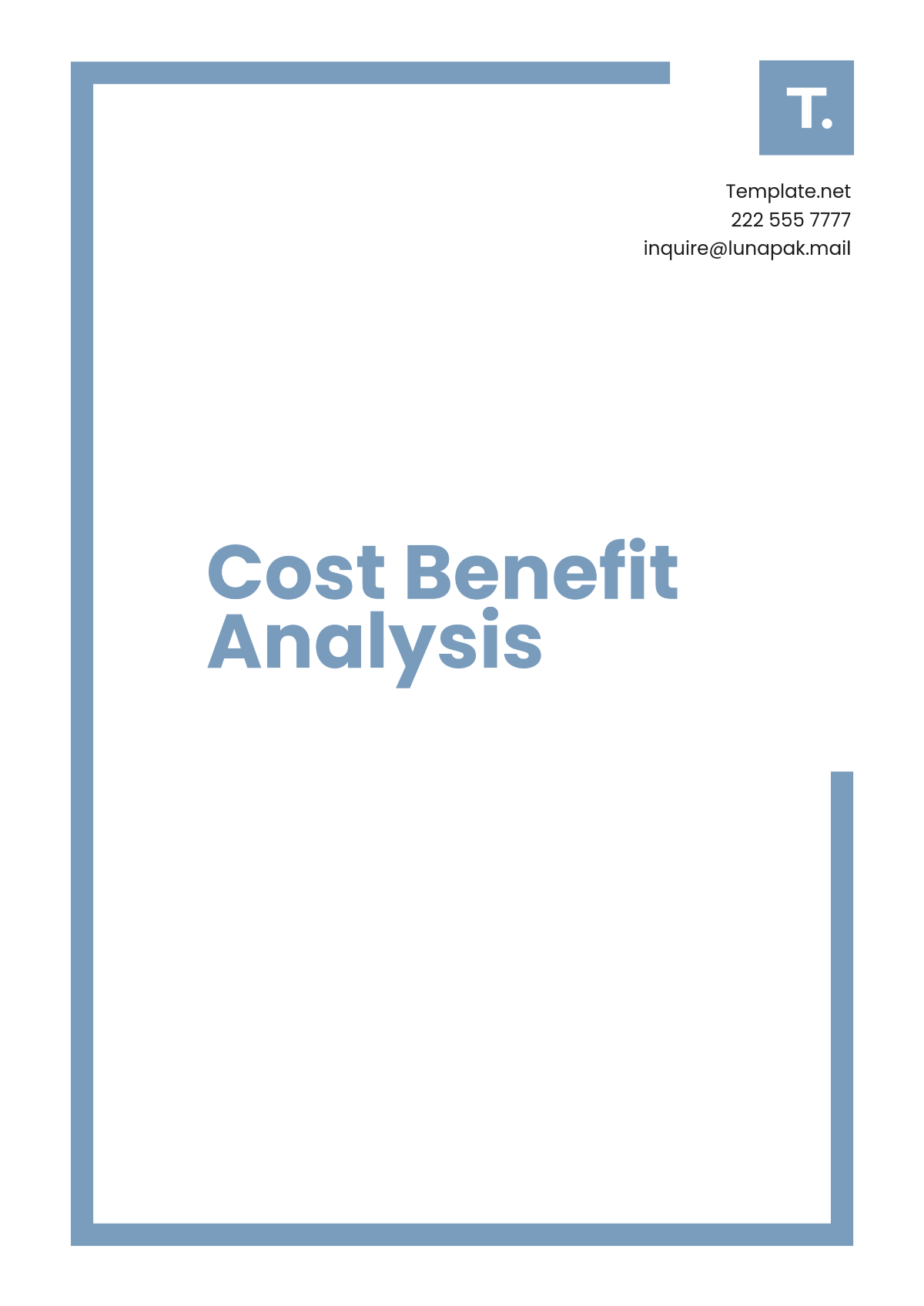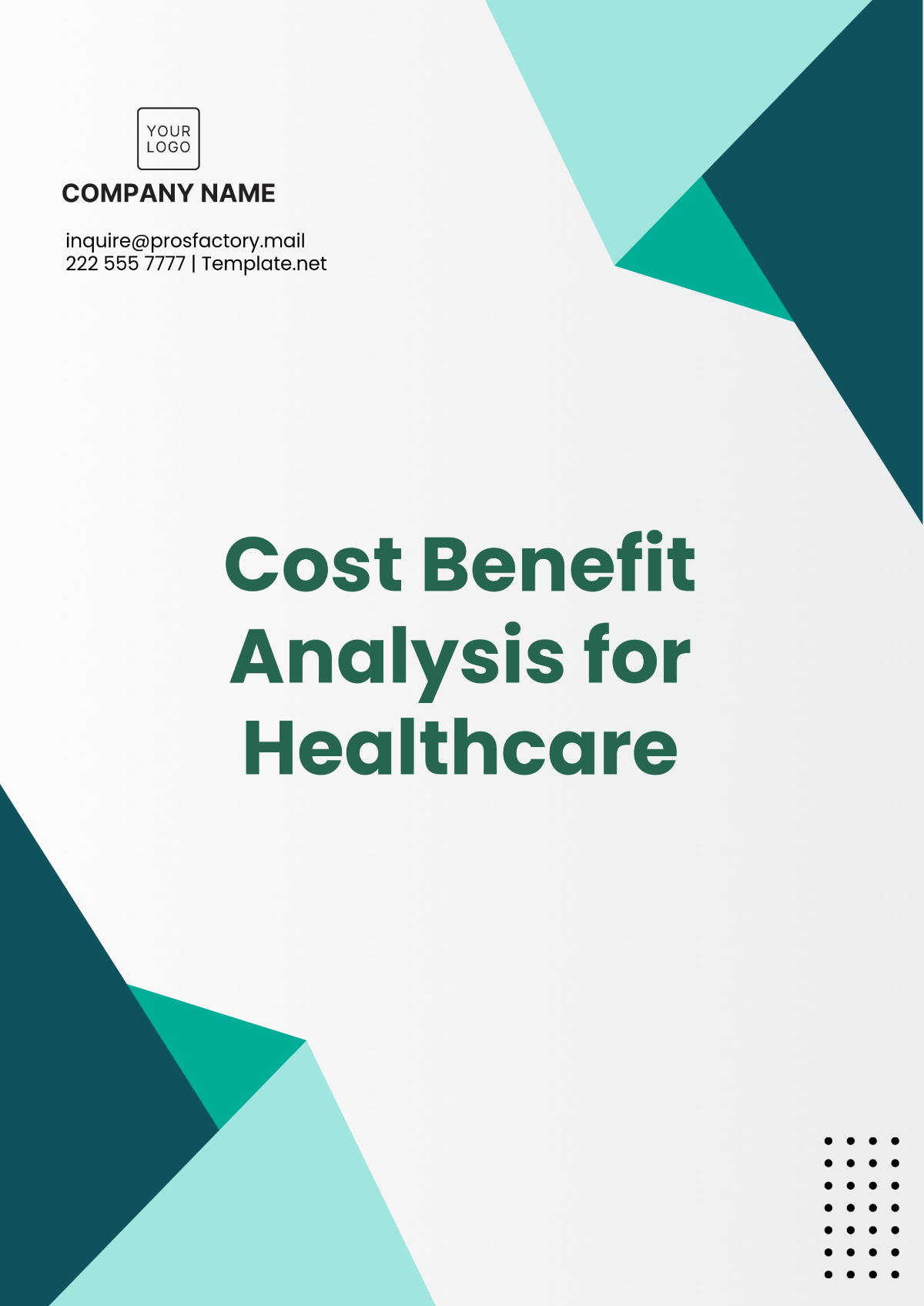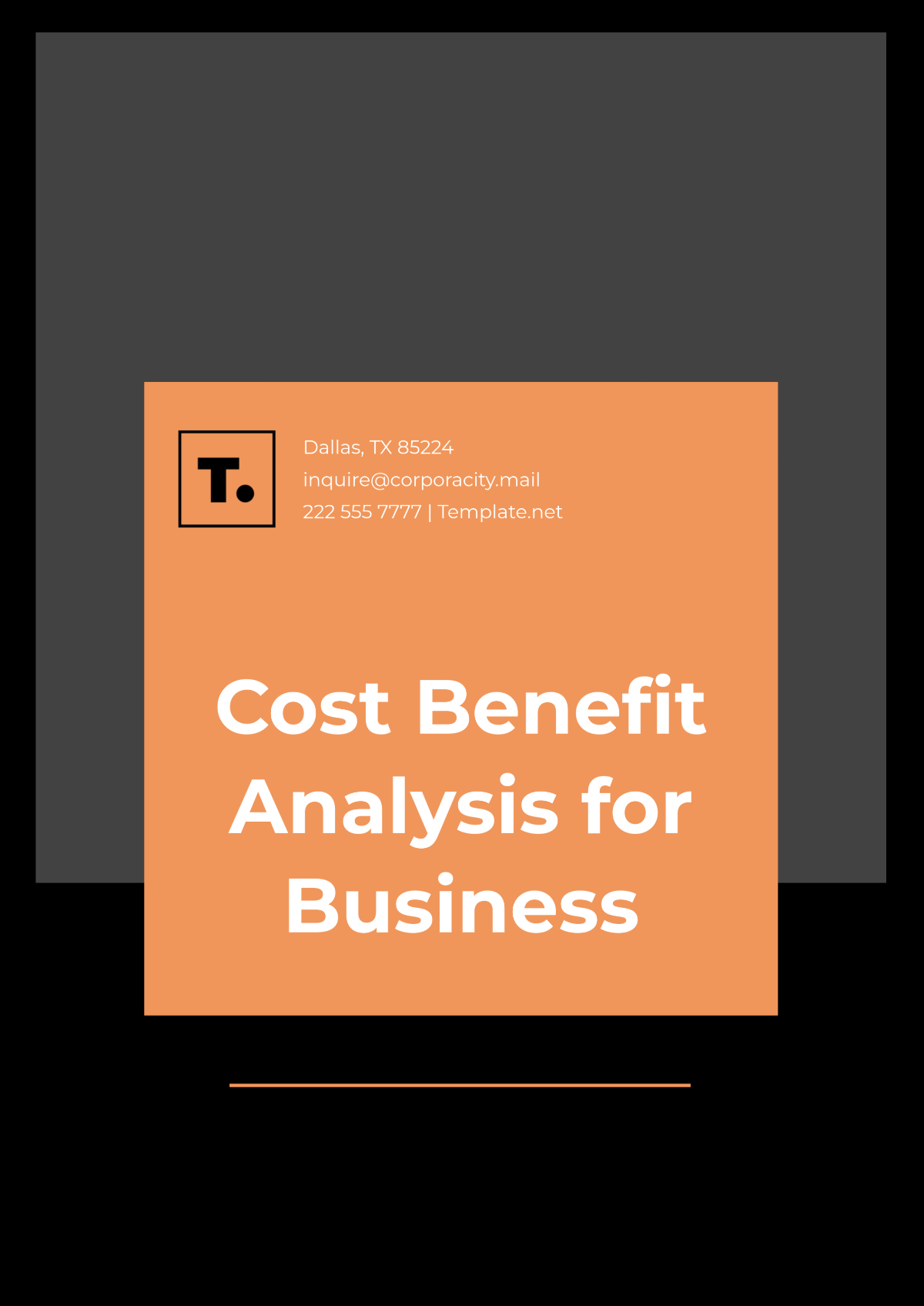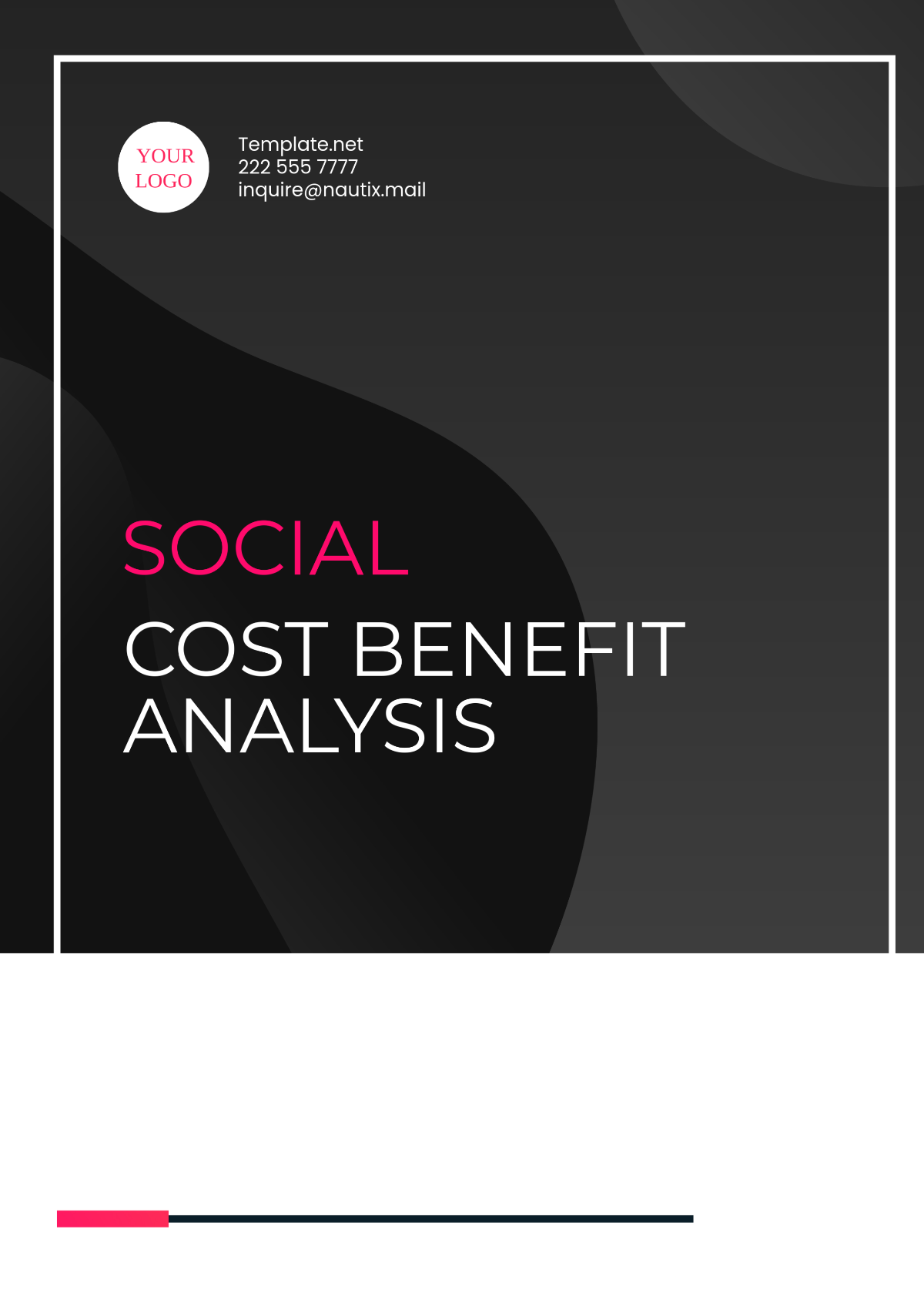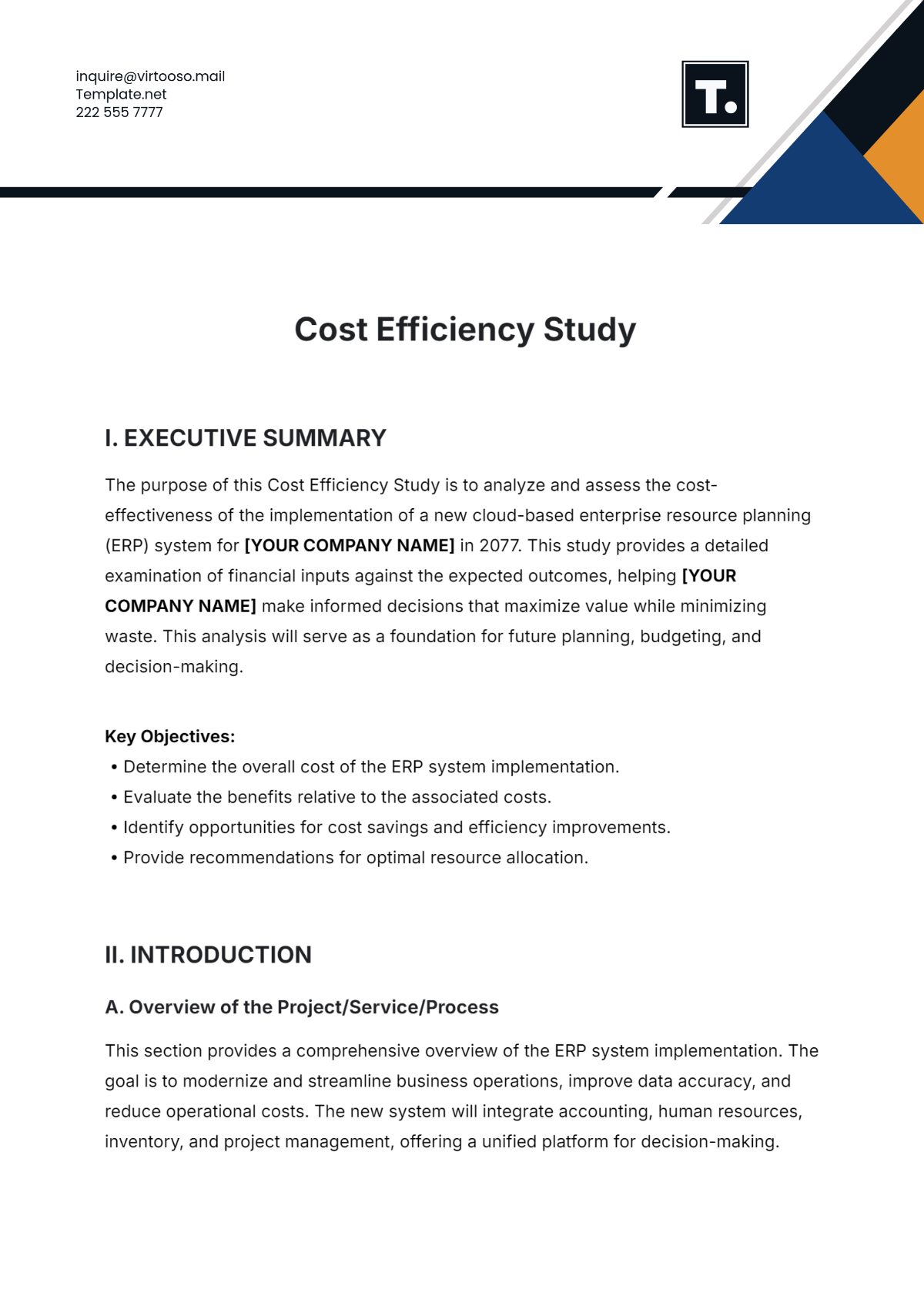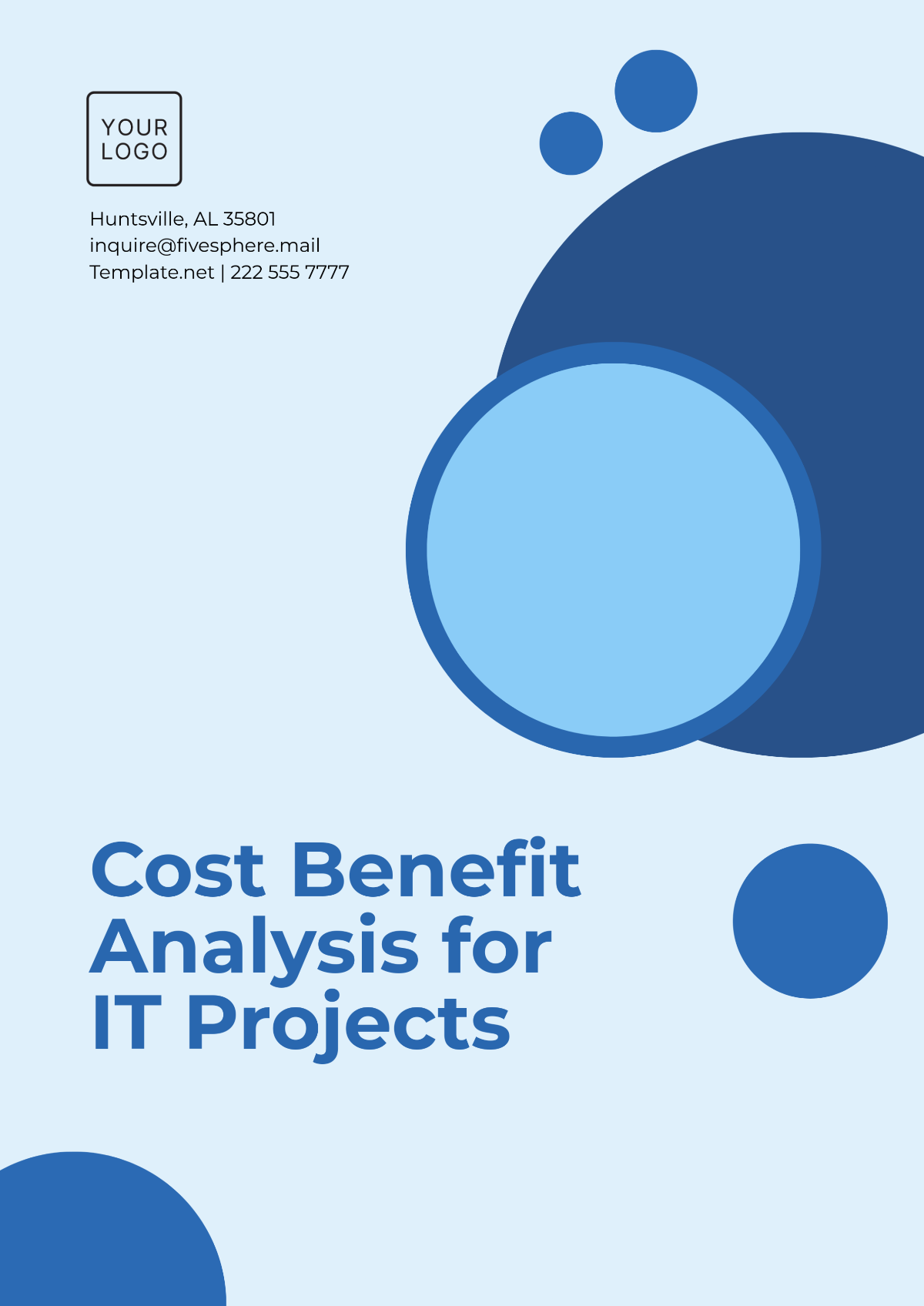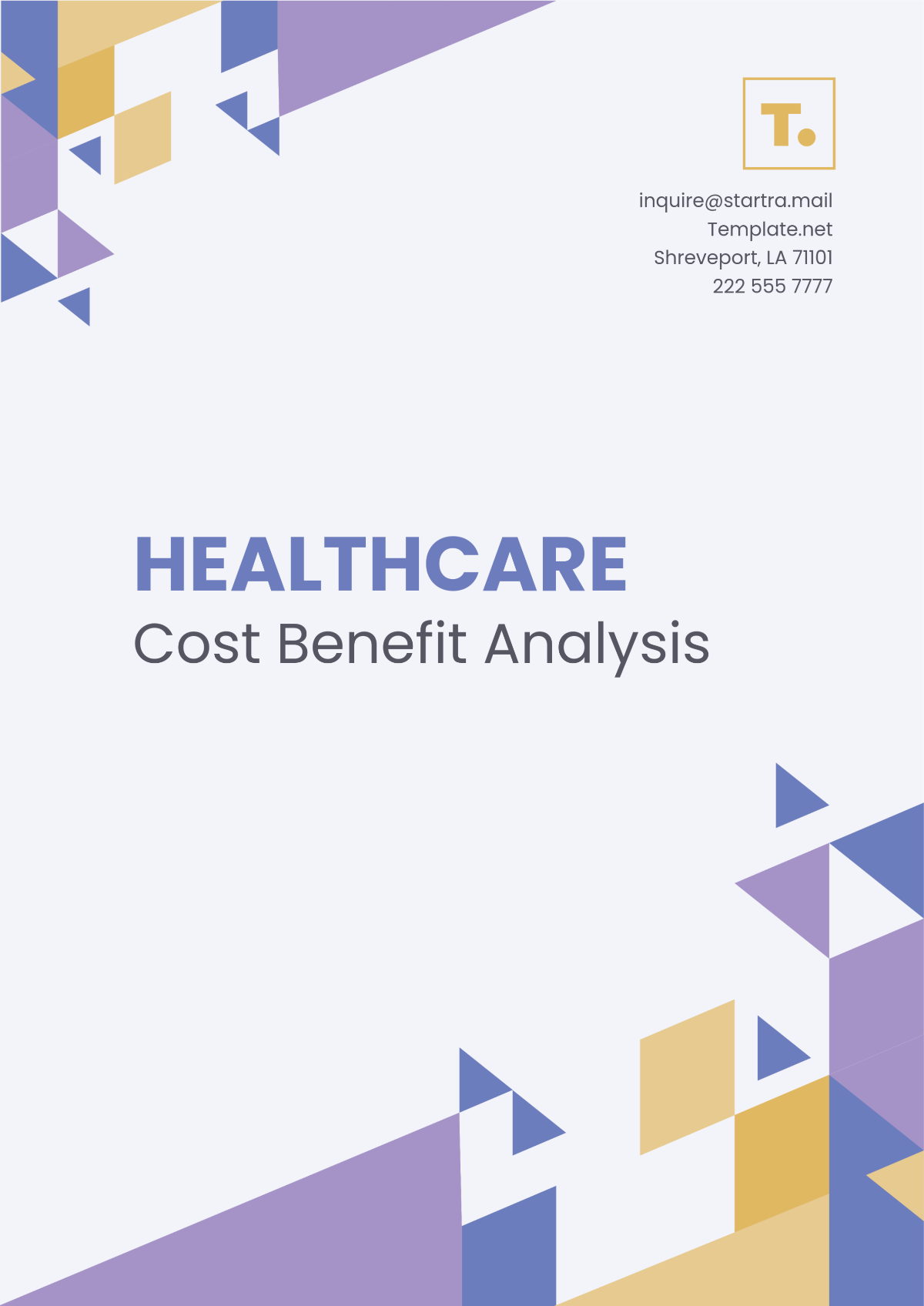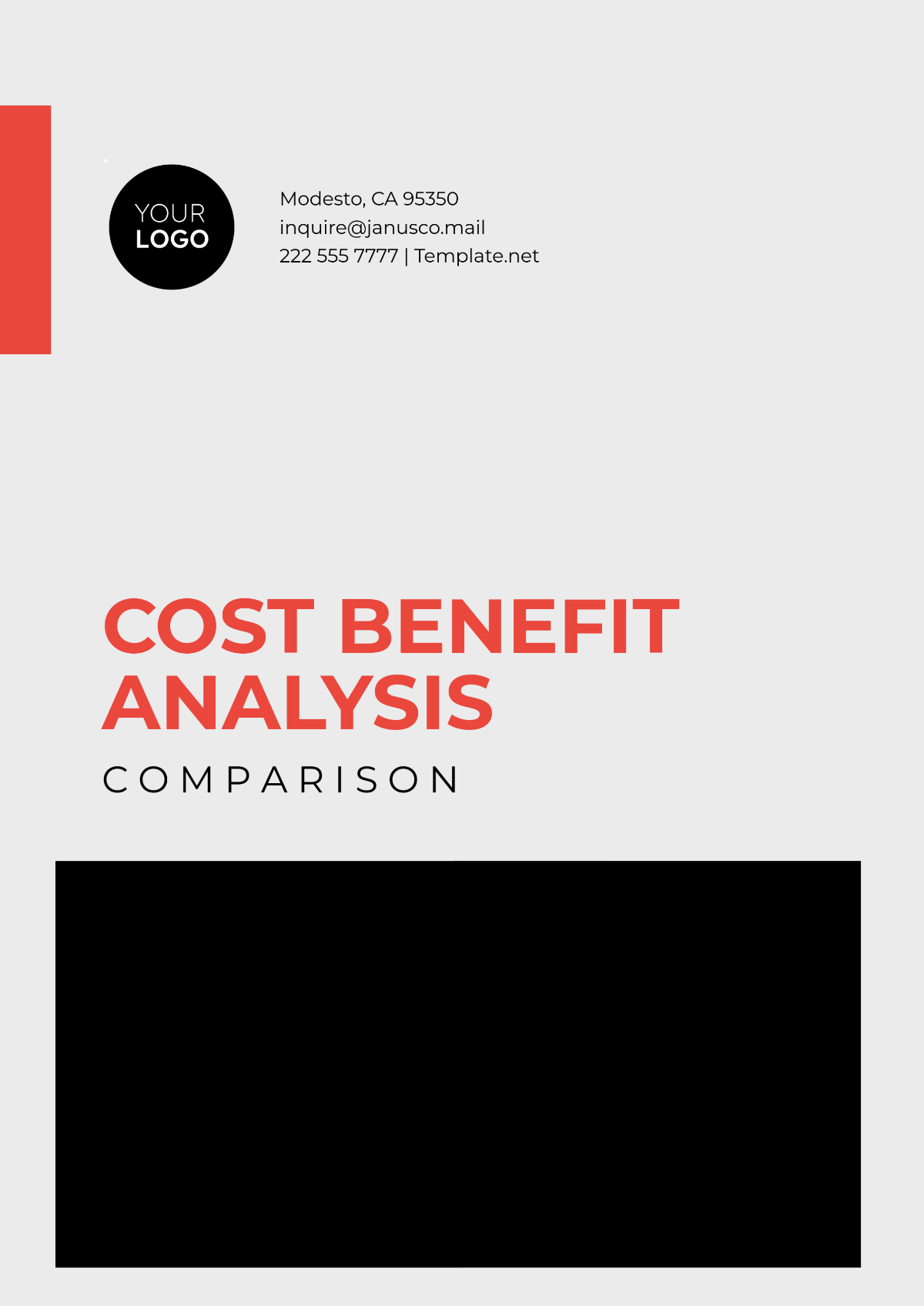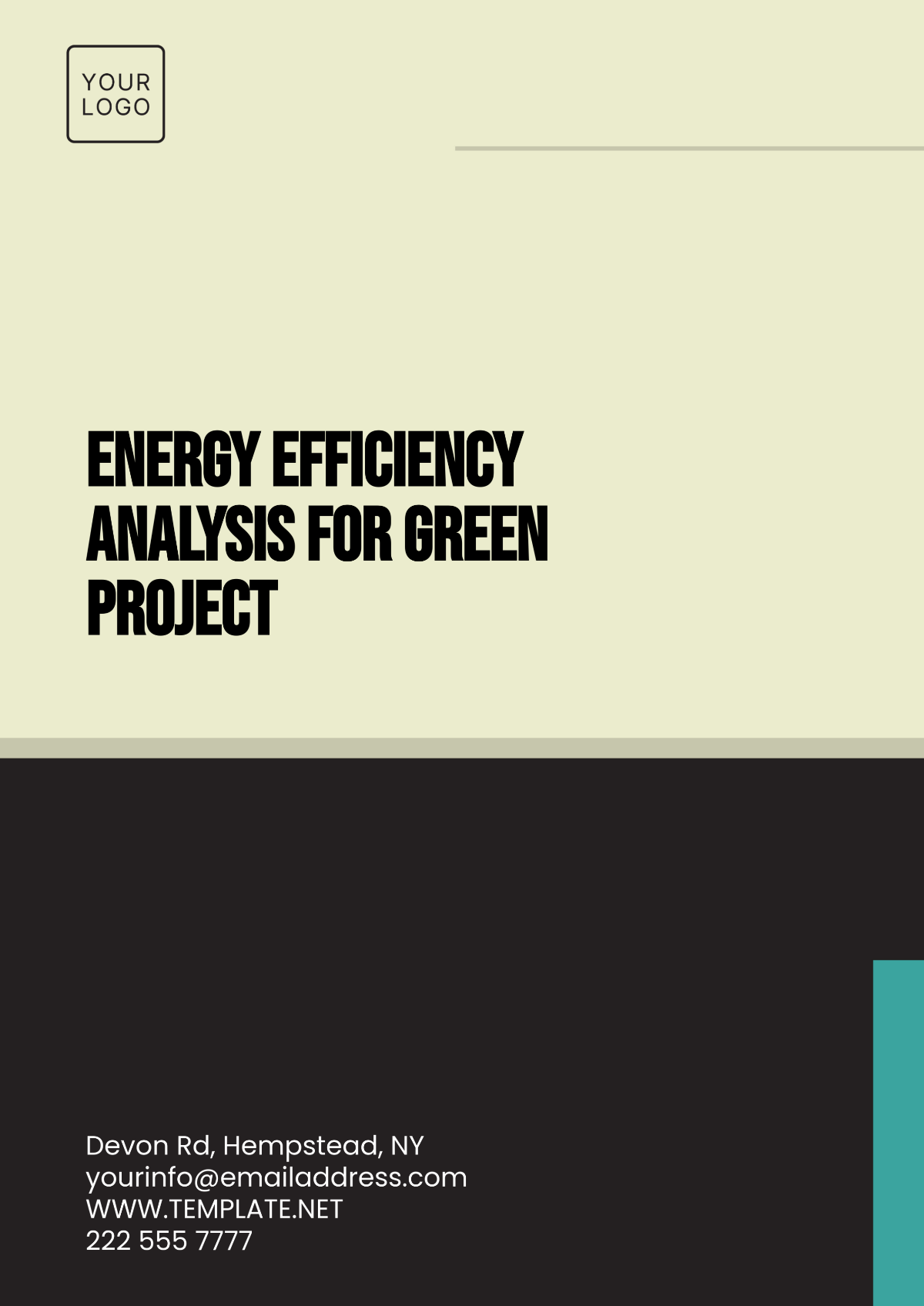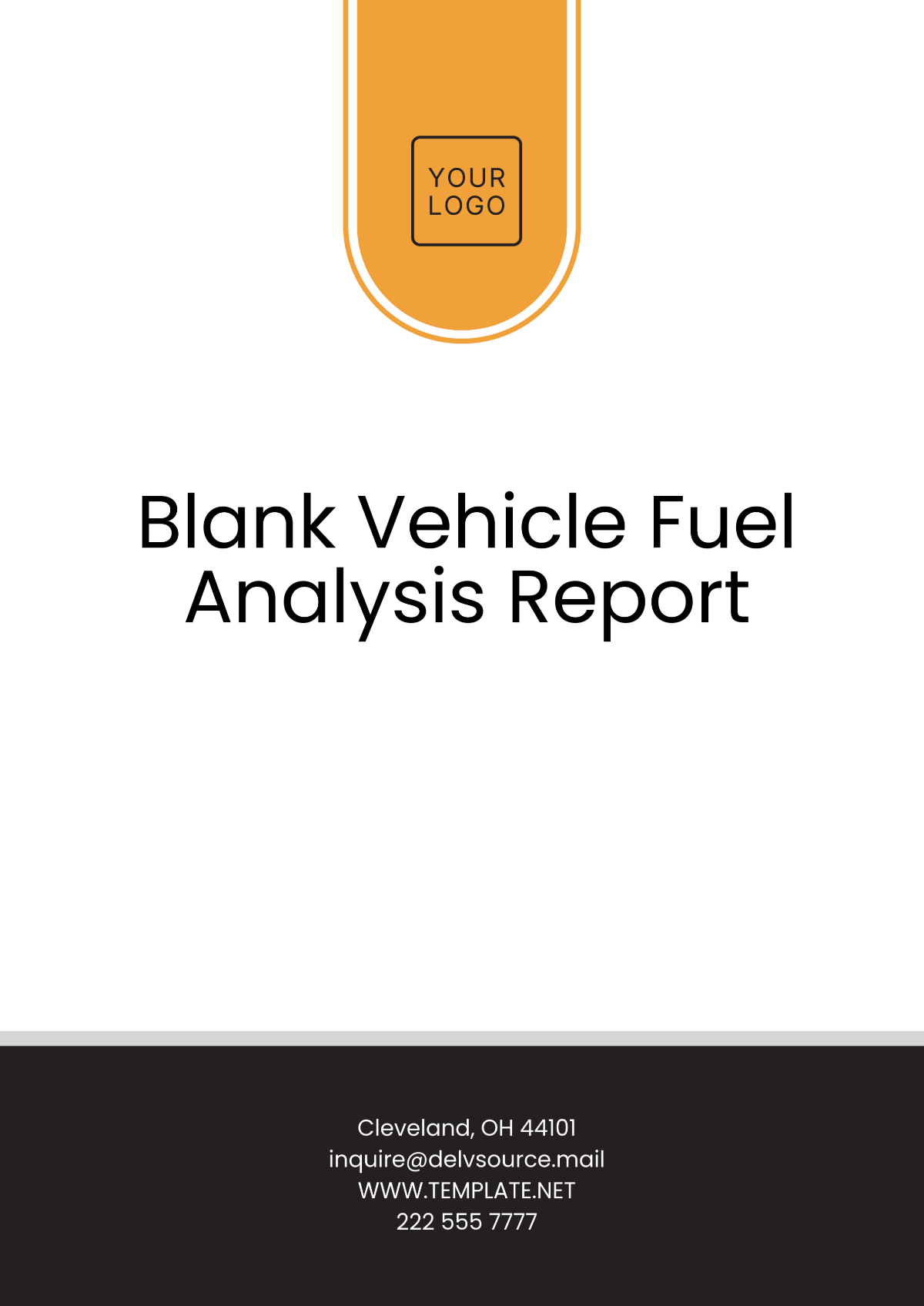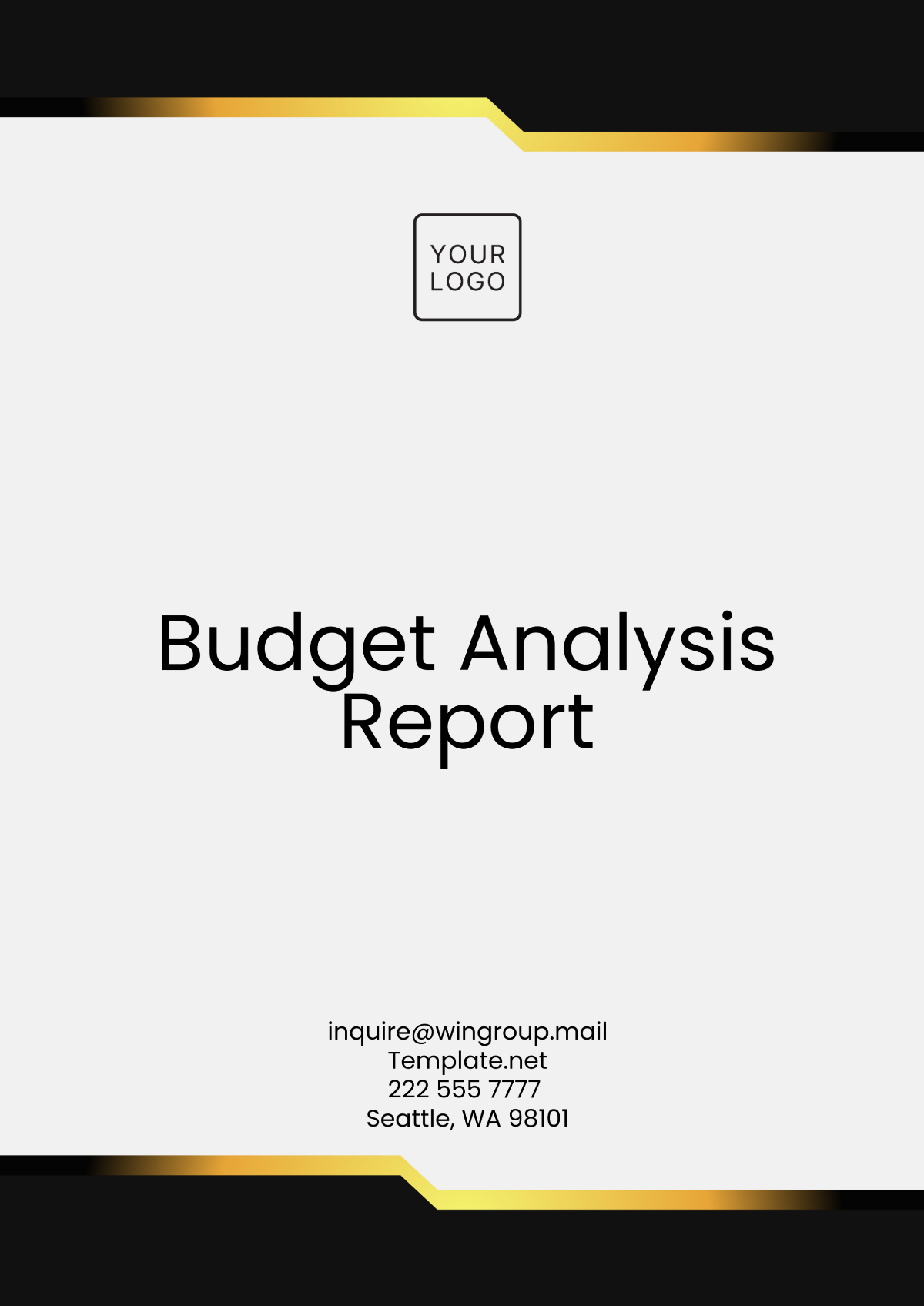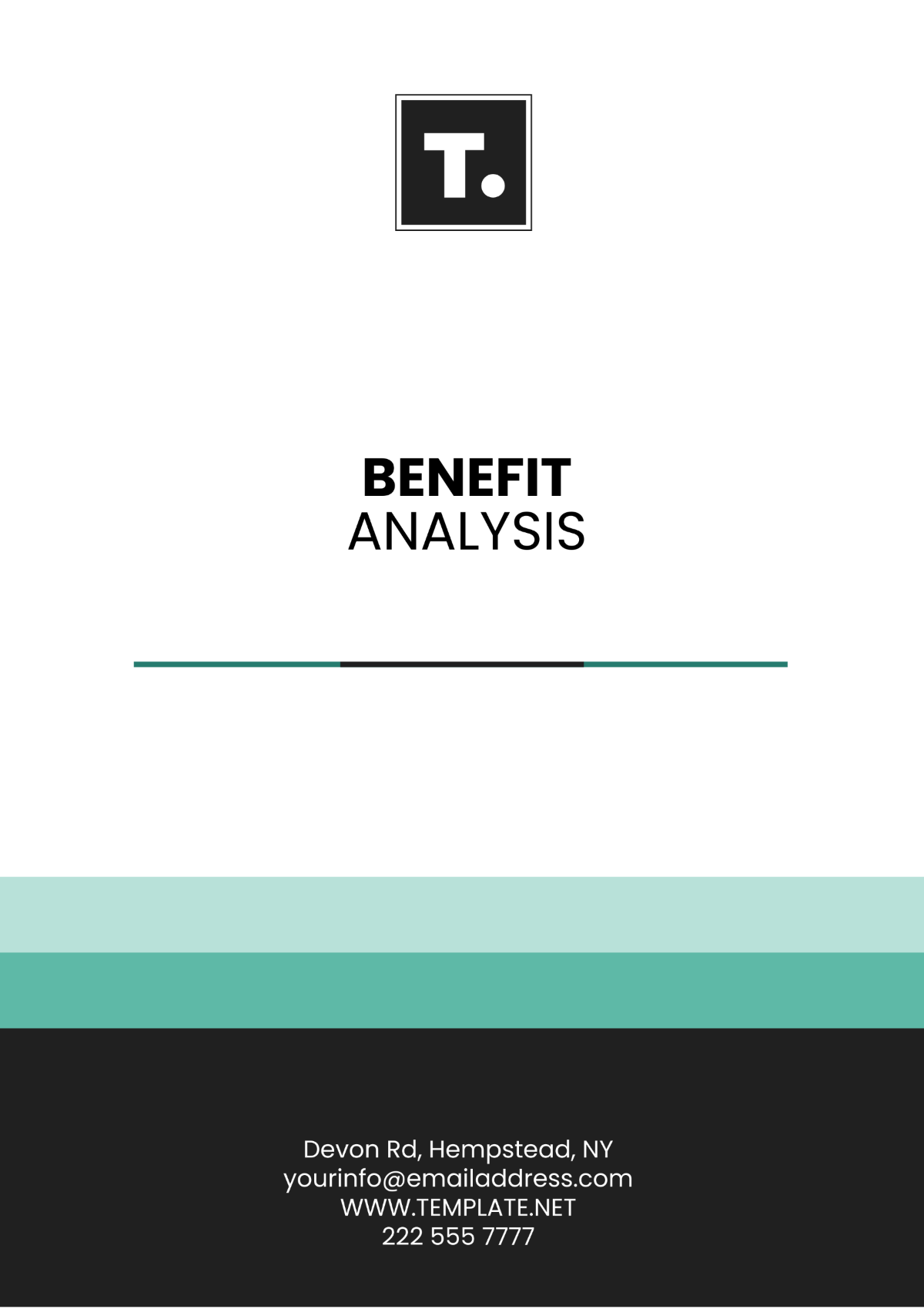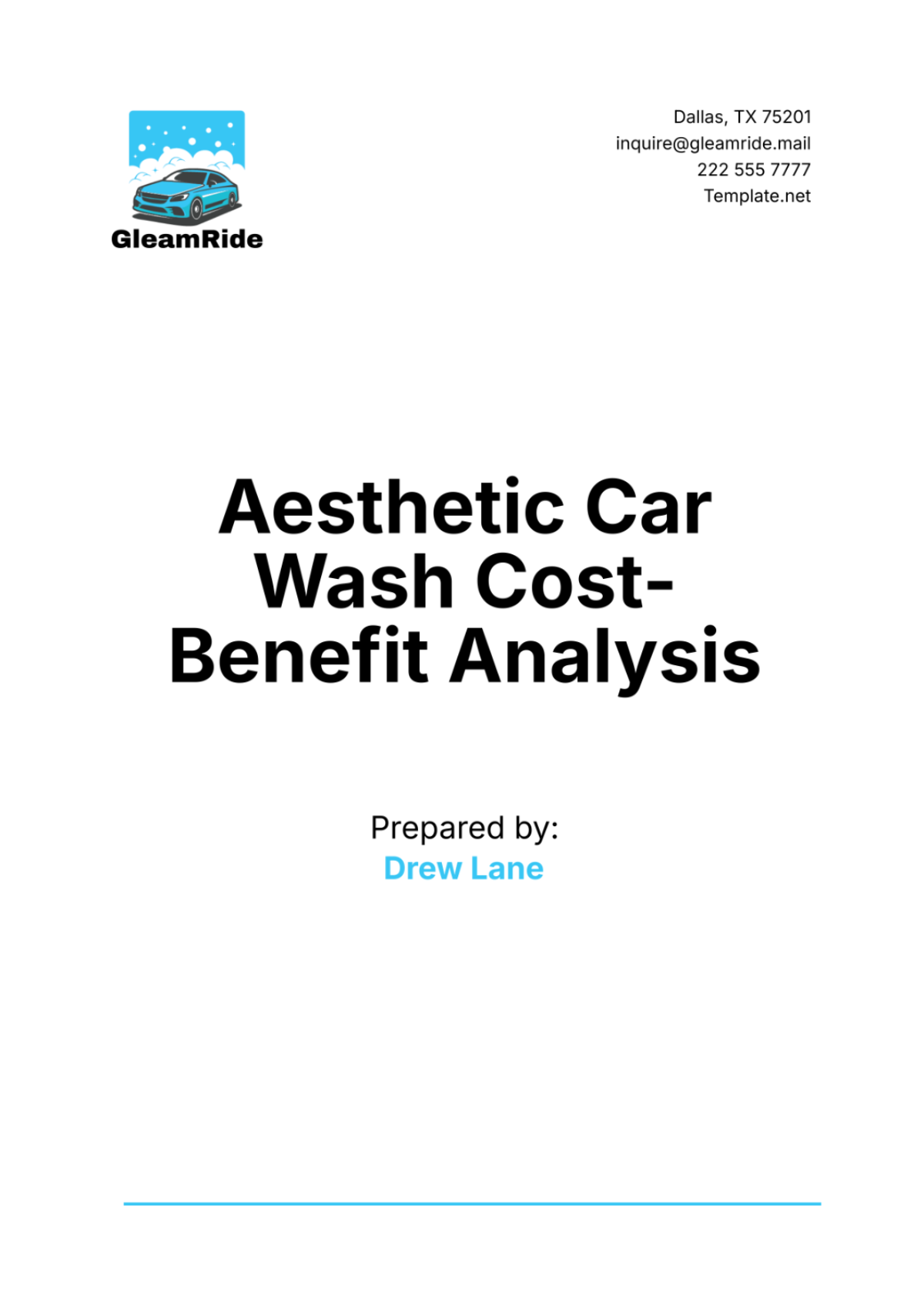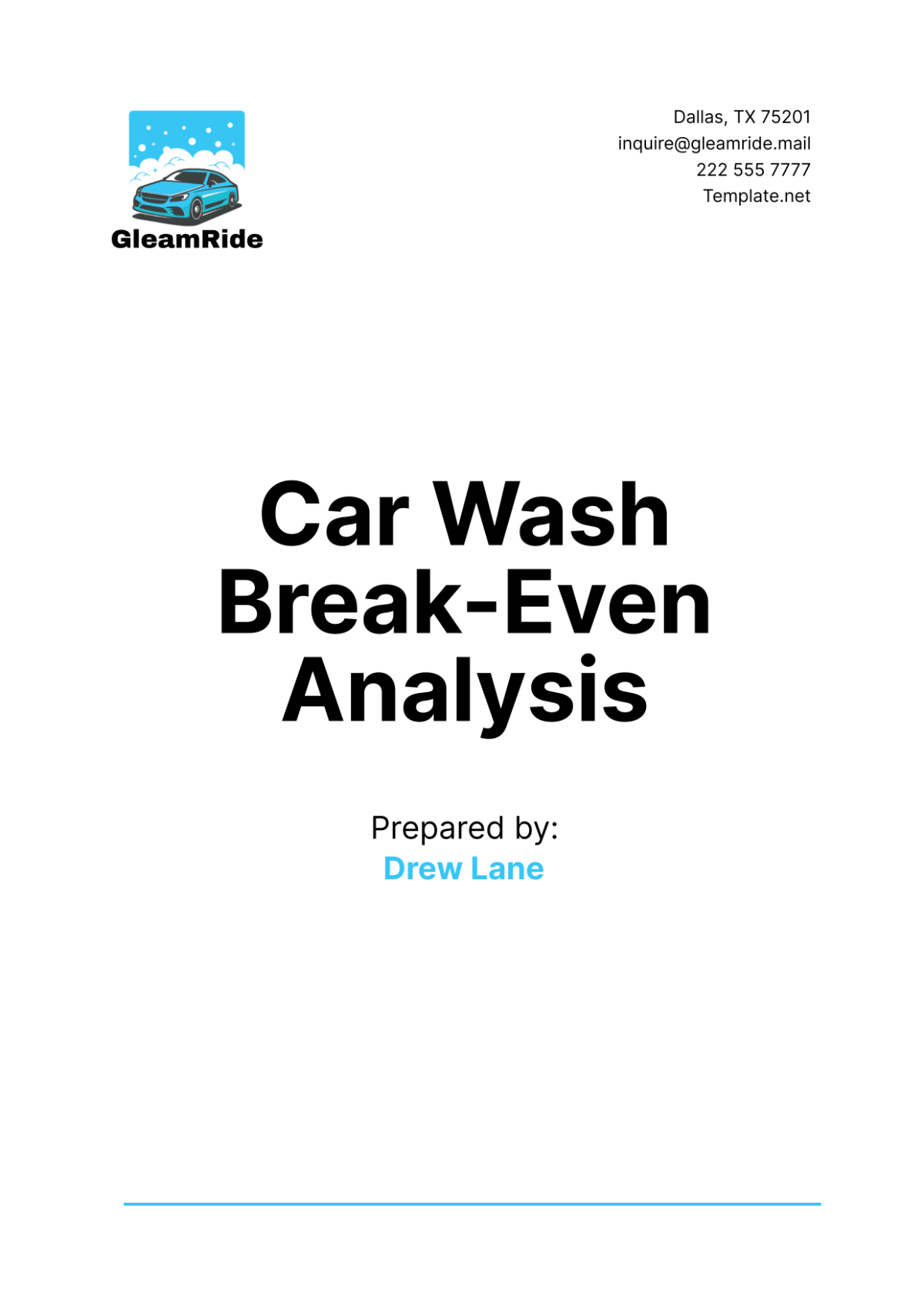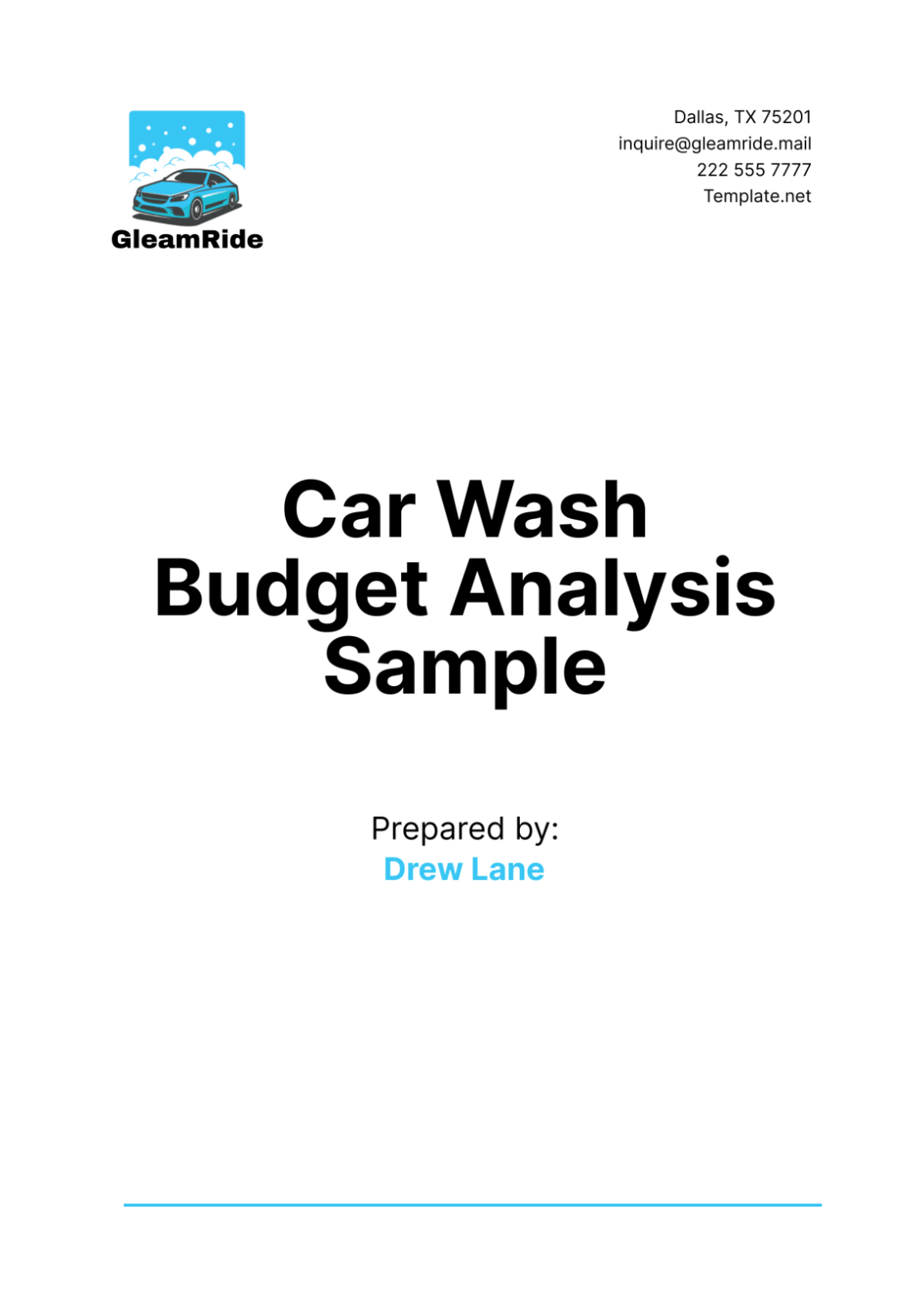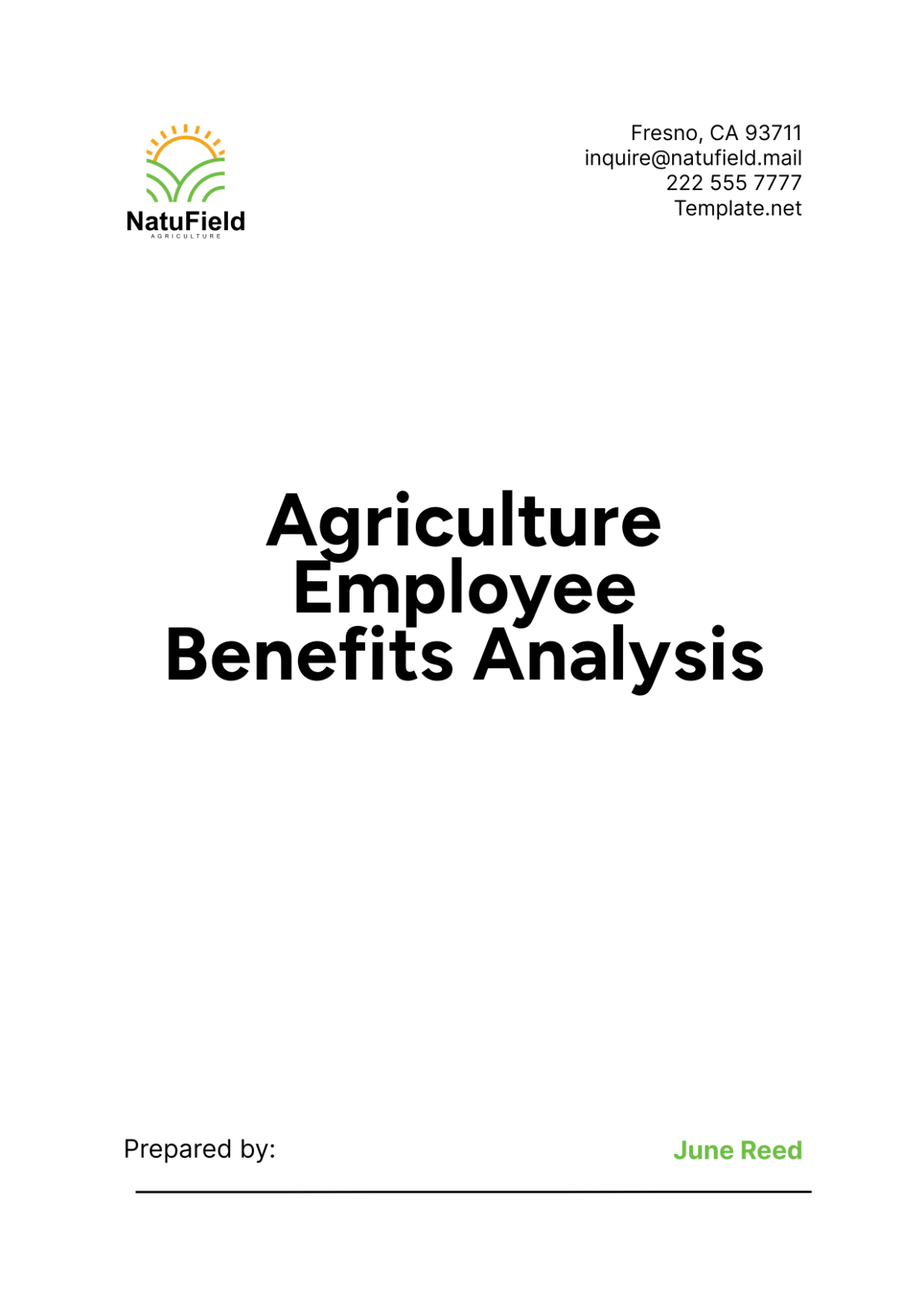Customer Profitability Analysis
Prepared By : | [Your Name] |
Company : | [Your Company Name] |
Department : | [YOUR DEPARTMENT] |
Address: | [Your Company Address] |
Email: | [Your Company Email] |
I. Executive Summary
A. Overview
This Customer Profitability Analysis aims to classify customers into segments based on profitability for [Your Company Name]. The analysis identifies high-value customers, highlights areas for cost reduction, and offers strategic recommendations to enhance profitability.
B. Key Findings
High-Value Customers
Segment A contributes 50% of the total revenue despite representing only 20% of the customer base.Low-Value Customers:
Segment C incurs higher service costs, leading to negative profit margins.Strategic Recommendations:
Focus marketing efforts on Segment A and reduce service costs for Segment C.
II. Methodology
A. Data Collection
Sales Records: Monthly sales data from the past two years.
Customer Surveys: Feedback collected from customer satisfaction surveys.
Financial Statements: Cost data from quarterly financial reports.
B. Analytical Techniques
Segmentation Analysis: Cluster analysis to group customers based on purchase behavior.
Cost Allocation Models: Activity-based costing to assign costs accurately to each customer segment.
Profitability Metrics: Calculation of profit margins, customer lifetime value (CLV), and return on investment (ROI).
C. Assumptions
Customer Acquisition Costs: Assumed to be $50 per customer based on historical marketing expenses.
Service Costs: The average service cost per transaction is estimated at $10.
Lifetime Value Estimates: Customers in Segment A are expected to remain loyal for an average of 5 years.
III. Customer Segmentation
A. Segmentation Criteria
Purchase Frequency: Number of purchases made by the customer in a year.
Average Transaction Value: Average amount spent per transaction by the customer.
Customer Lifetime Value (CLV): Total revenue expected from a customer over their relationship with the company.
B. Segment Descriptions
Segment A: High-Value Customers
Criteria: Top 20% of customers by revenue.
Characteristics: Frequent purchases, high average transaction value, high customer lifetime value.
Behavior: Loyal customers who often participate in loyalty programs and respond well to promotions.
Segment B: Medium-Value Customers
Criteria: Middle 60% of customers by revenue.
Characteristics: Regular purchases, moderate transaction value, moderate customer lifetime value.
Behavior: Customers who occasionally respond to promotions and show moderate brand loyalty.
Segment C: Low-Value Customers
Criteria: Bottom 20% of customers by revenue.
Characteristics: Infrequent purchases, low transaction value, low customer lifetime value.
Behavior: Price-sensitive customers with low engagement and loyalty.
IV. Revenue Analysis
A. Total Revenue by Segment
Customer Segment | Total Revenue | Percentage of Total Revenue |
|---|---|---|
Segment A | $1,000,000 | 50% |
Segment B | $750,000 | 37.5% |
Segment C | $250,000 | 12.5% |
B. Revenue Trends
Segment A: Consistently high revenue with a steady growth rate of 5% per quarter.
Segment B: Moderate revenue with slight fluctuations, stable over the past year.
Segment C: Low and declining revenue, suggesting a need for targeted marketing or cost reduction strategies.
V. Cost Analysis
A. Cost Allocation
Direct Costs: Costs directly associated with each transaction, such as product costs and shipping.
Indirect Costs: Overhead costs such as customer service, marketing, and administrative expenses are allocated based on usage patterns.
B. Total Cost by Segment
Customer Segment | Total Cost | Percentage of Total Cost |
|---|---|---|
Segment A | $500,000 | 33.3% |
Segment B | $600,000 | 40% |
Segment C | $400,000 | 26.7% |
C. Cost Trends
Segment A: Efficient cost management with high profitability.
Segment B: Moderate costs with potential for cost reduction in service delivery.
Segment C: High service costs lead to negative profit margins, indicating a need for process improvement.
VI. Profitability Metrics
A. Profit Margins
Customer Segment | Total Revenue | Total Cost | Profit Margin |
|---|---|---|---|
Segment A | $1,000,000 | $500,000 | 50% |
Segment B | $750,000 | $600,000 | 20% |
Segment C | $250,000 | $400,000 | -60% |
B. Customer Lifetime Value (CLV)
Segment A: CLV calculated as (Average Annual Revenue per Customer) x (Average Customer Lifespan). Estimated CLV: $5,000.
Segment B: Estimated CLV: $2,000.
Segment C: Estimated CLV: $500.
C. Key Profitability Metrics
Return on Investment (ROI): ROI for Segment A is 200%.
Customer Acquisition Cost (CAC): The average CAC is $50 per customer.
Profit per Customer: Segment A: $4,500, Segment B: $1,400, Segment C: -$300.
VII. Recommendations
A. Strategic Actions
Focus on High-Value Customers
Increase marketing efforts targeted at Segment A.
Develop loyalty programs to retain high-value customers.
Improve Cost Efficiency
Optimize service delivery to reduce costs for Segment B.
Re-evaluate service levels for Segment C to ensure cost-effectiveness.
Enhance Customer Experience
Tailor products and services to meet the needs of high-value customers.
Implement feedback mechanisms to understand customer needs better.
B. Implementation Plan
Phase 1: Enhance marketing strategies for Segment A (Q1)
Phase 2: Implement cost reduction measures for Segment B (Q2)
Phase 3: Revise service offerings for Segment C (Q3)
Responsible Teams: Marketing, Finance, Customer Service
C. Expected Outcomes
Increased Revenue: Expected 10% revenue growth from Segment A.
Cost Savings: Projected 15% reduction in service costs for Segment B.
Improved Profitability: Turnaround for Segment C to achieve positive profit margins.
VIII. Appendices
A. Data Tables
Detailed customer transaction data
Cost allocation breakdowns
B. Glossary
CLV: Customer Lifetime Value
CAC: Customer Acquisition Cost
C. References
Financial records from [Your Company Name]
Industry benchmarks and reports



